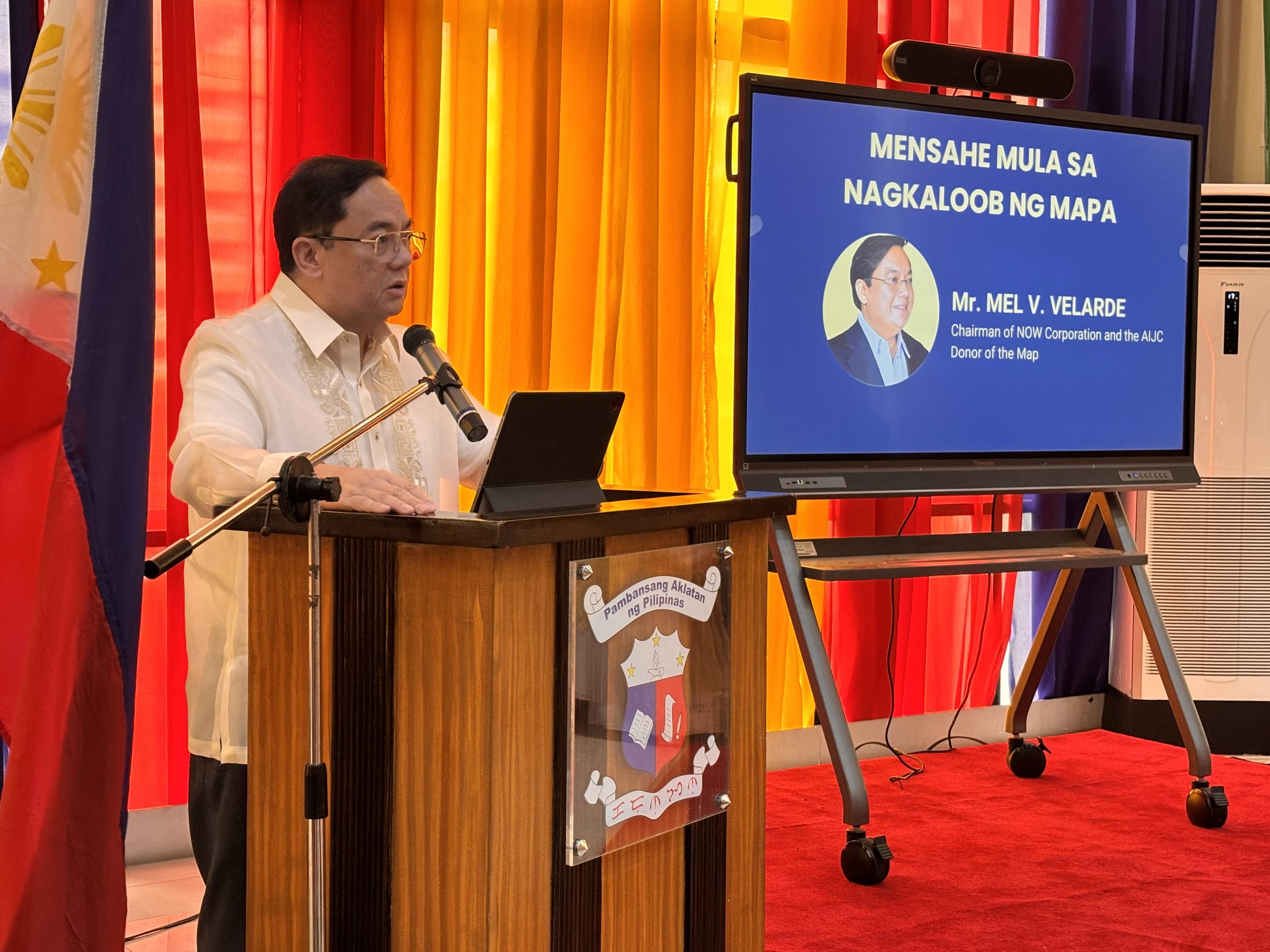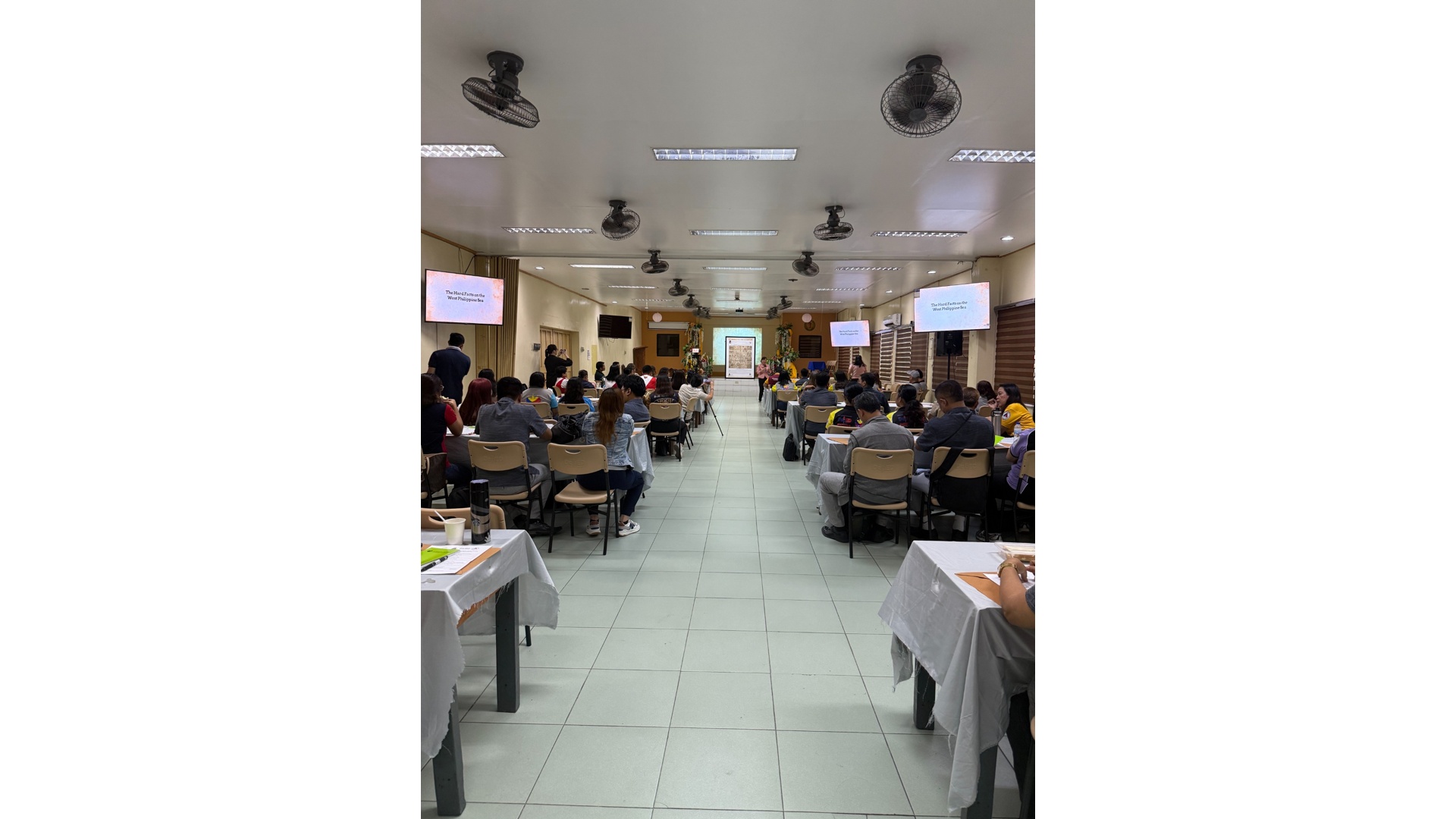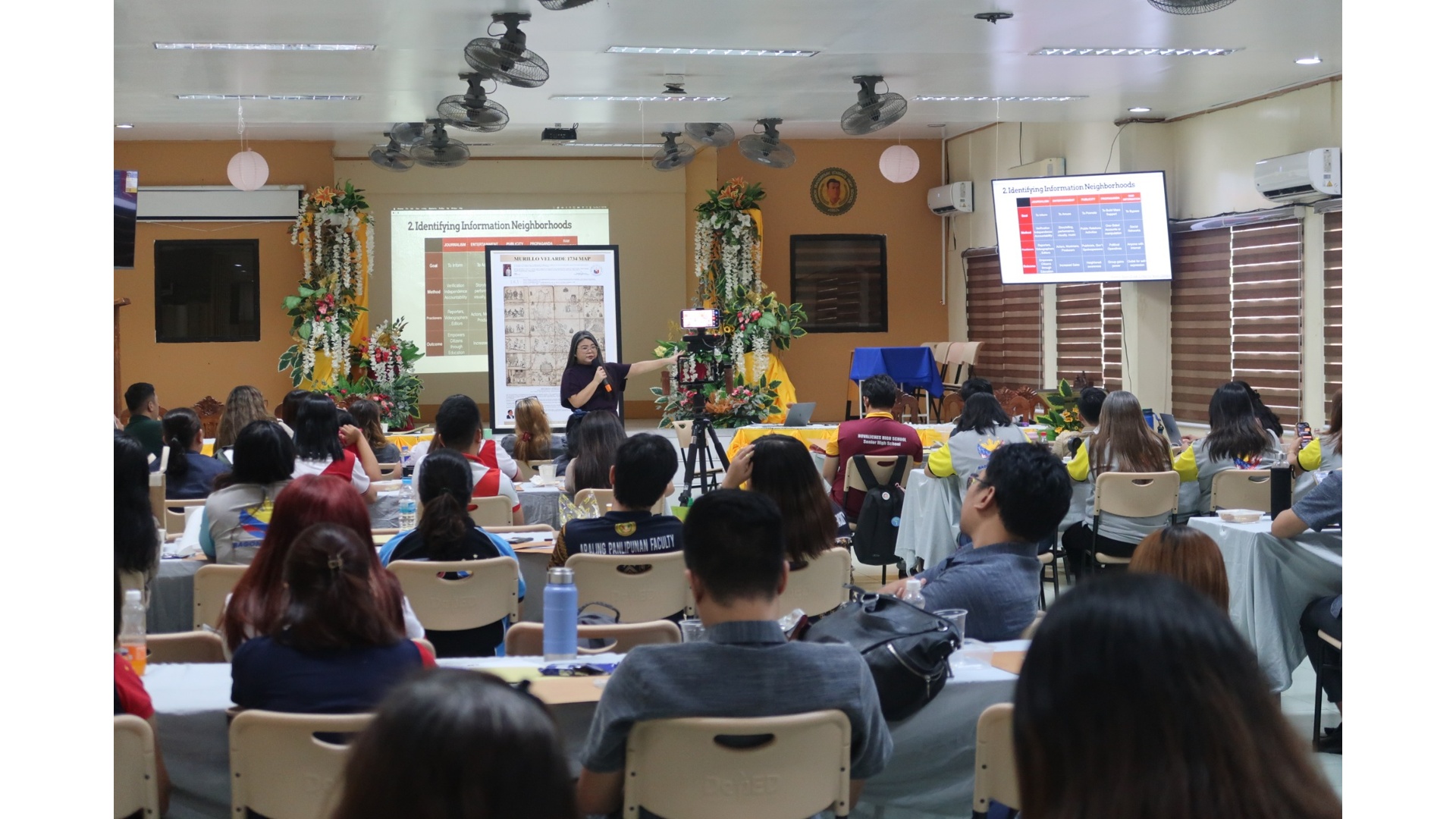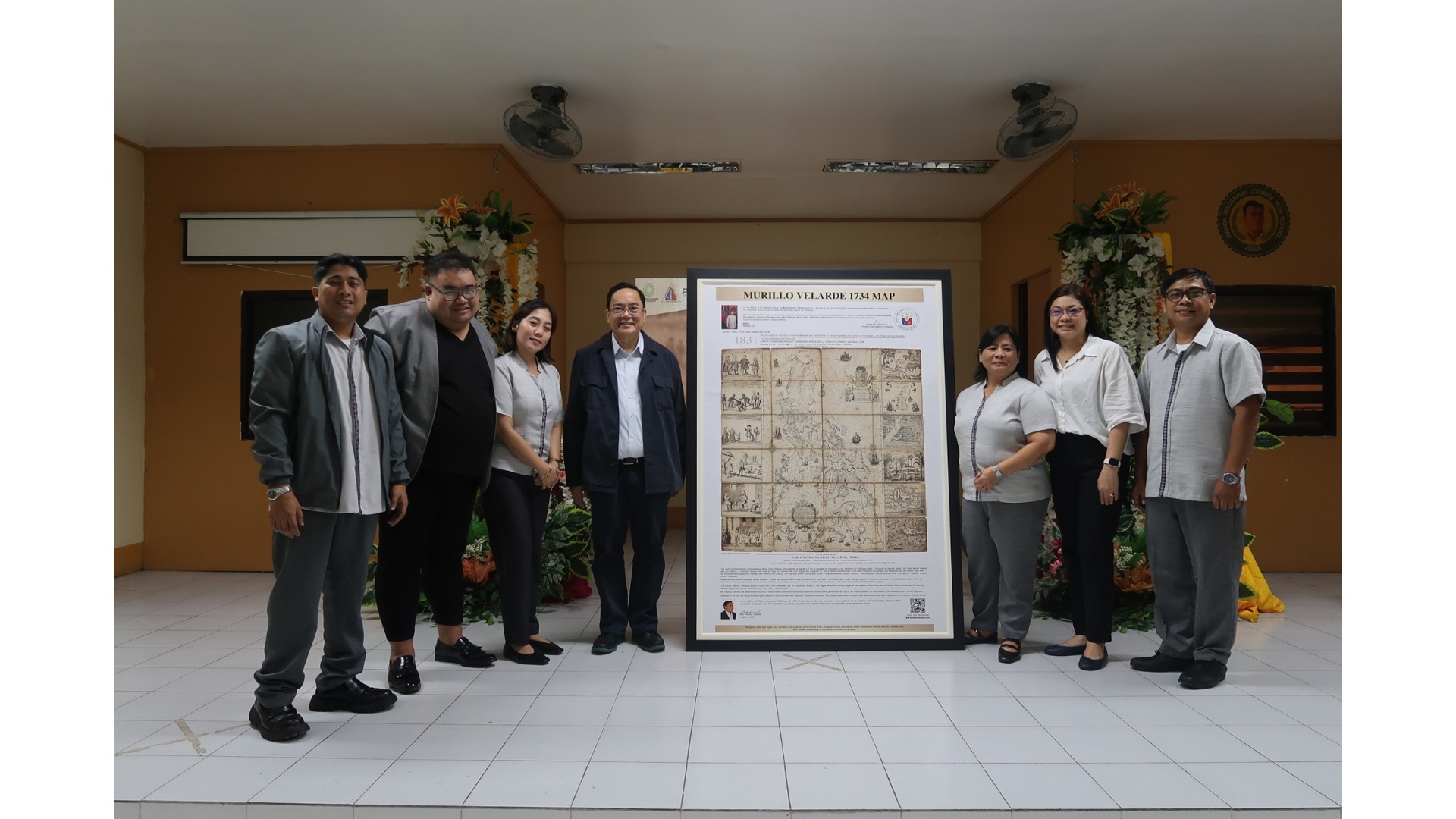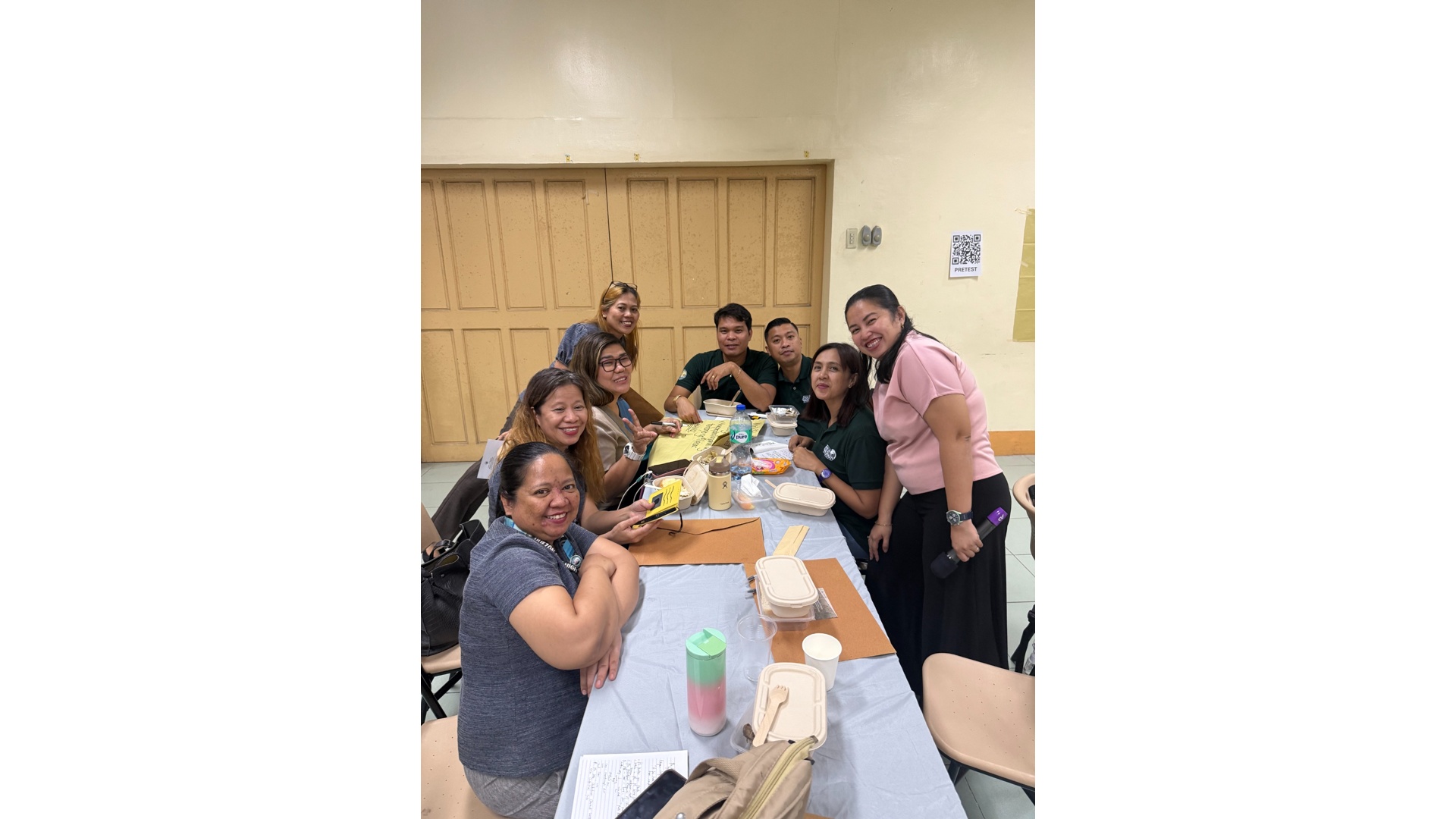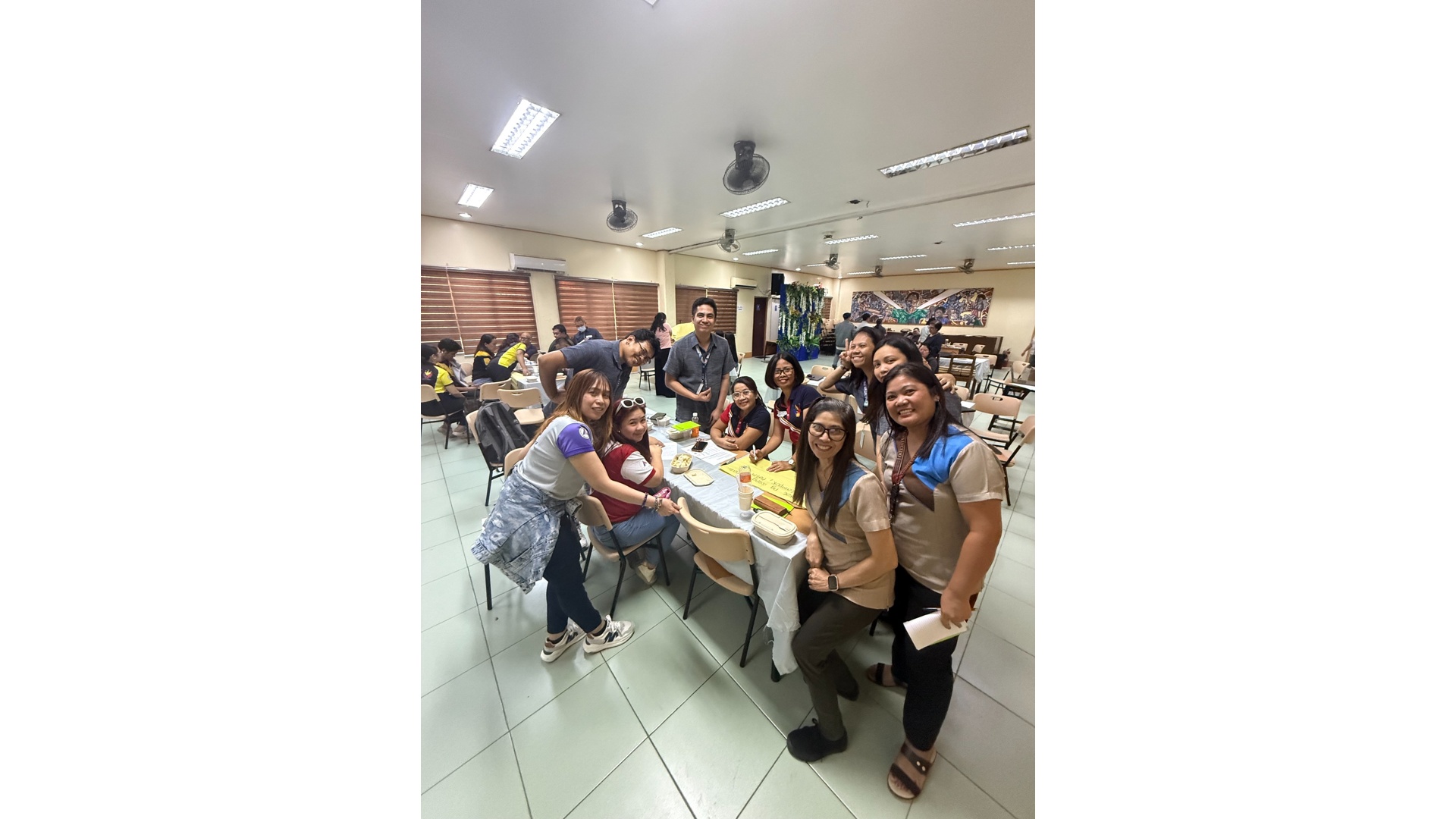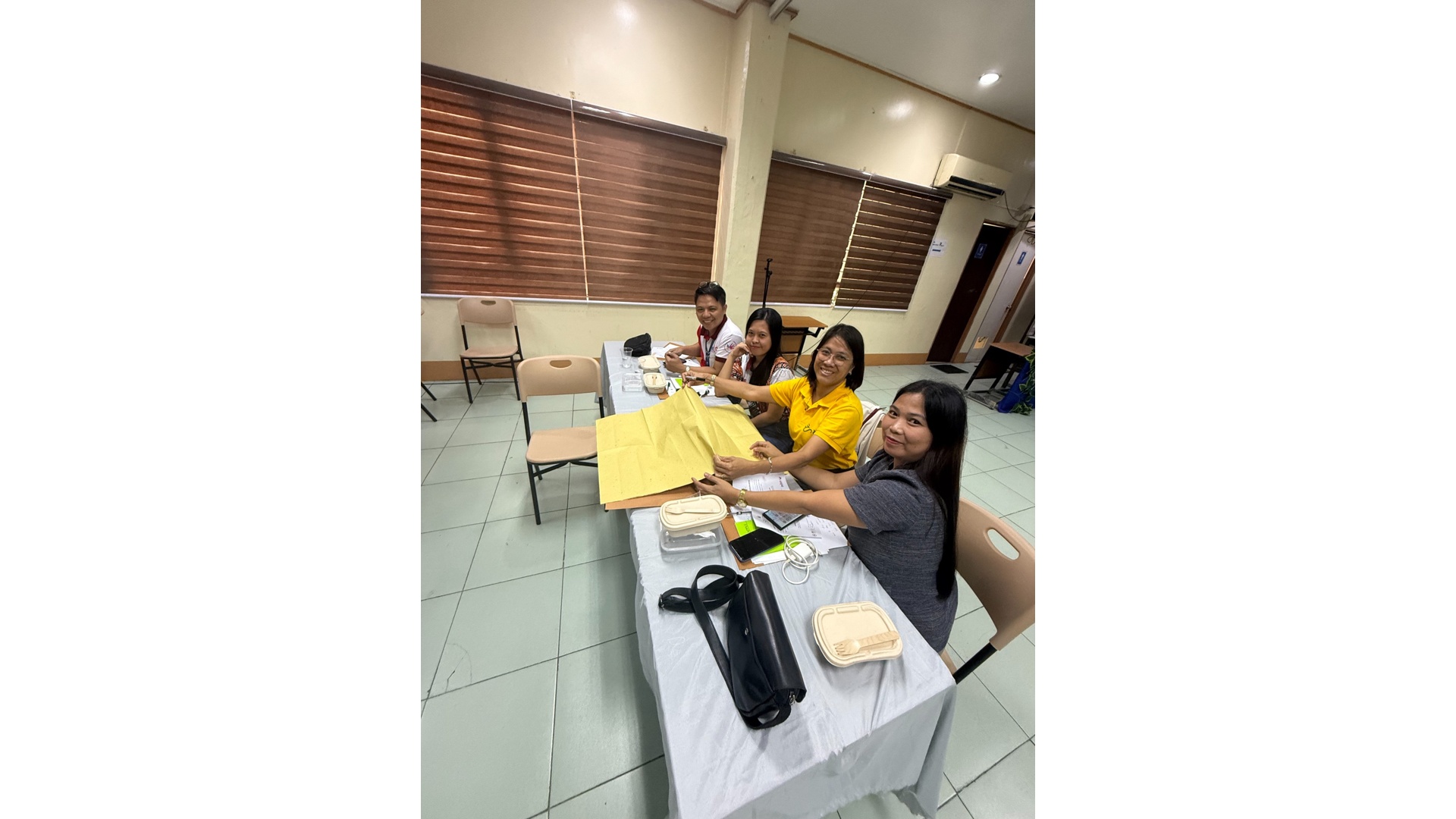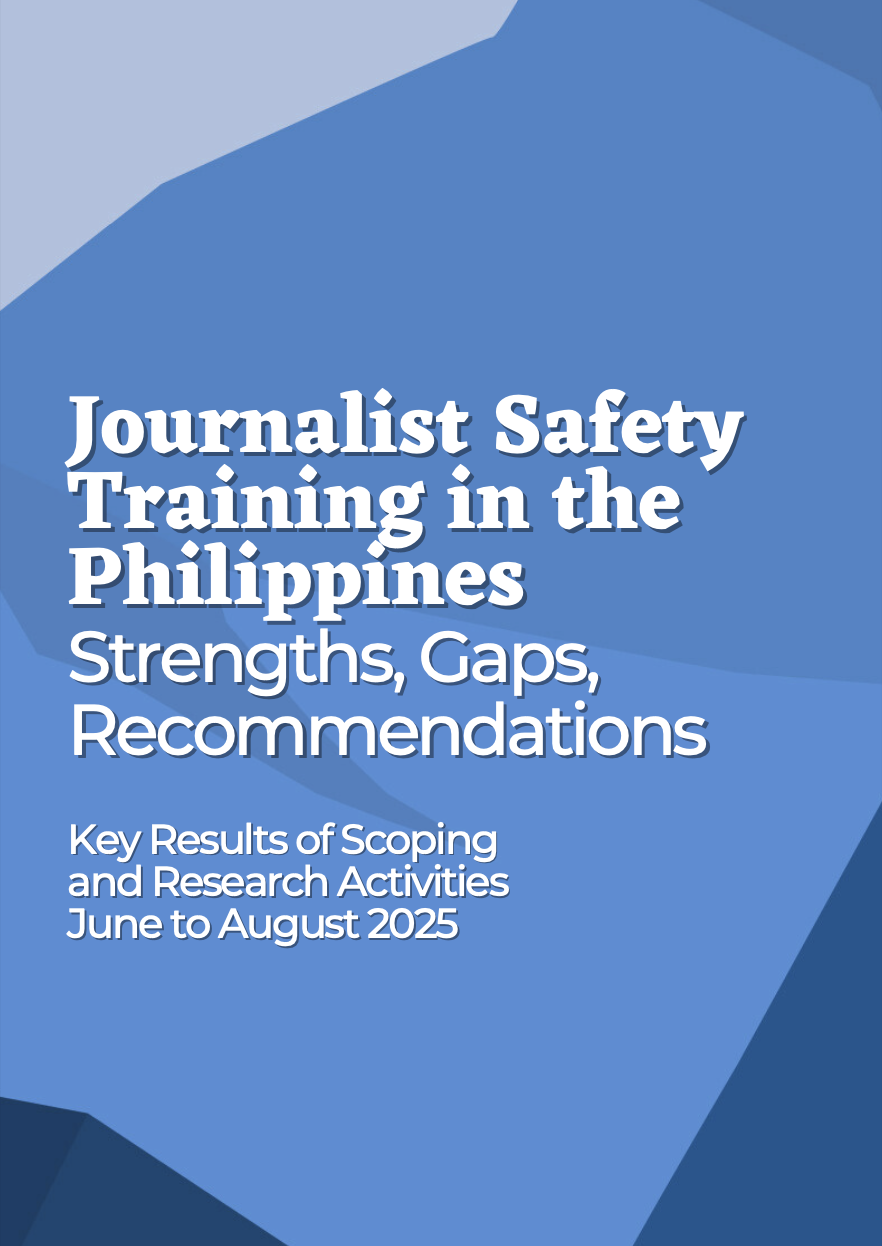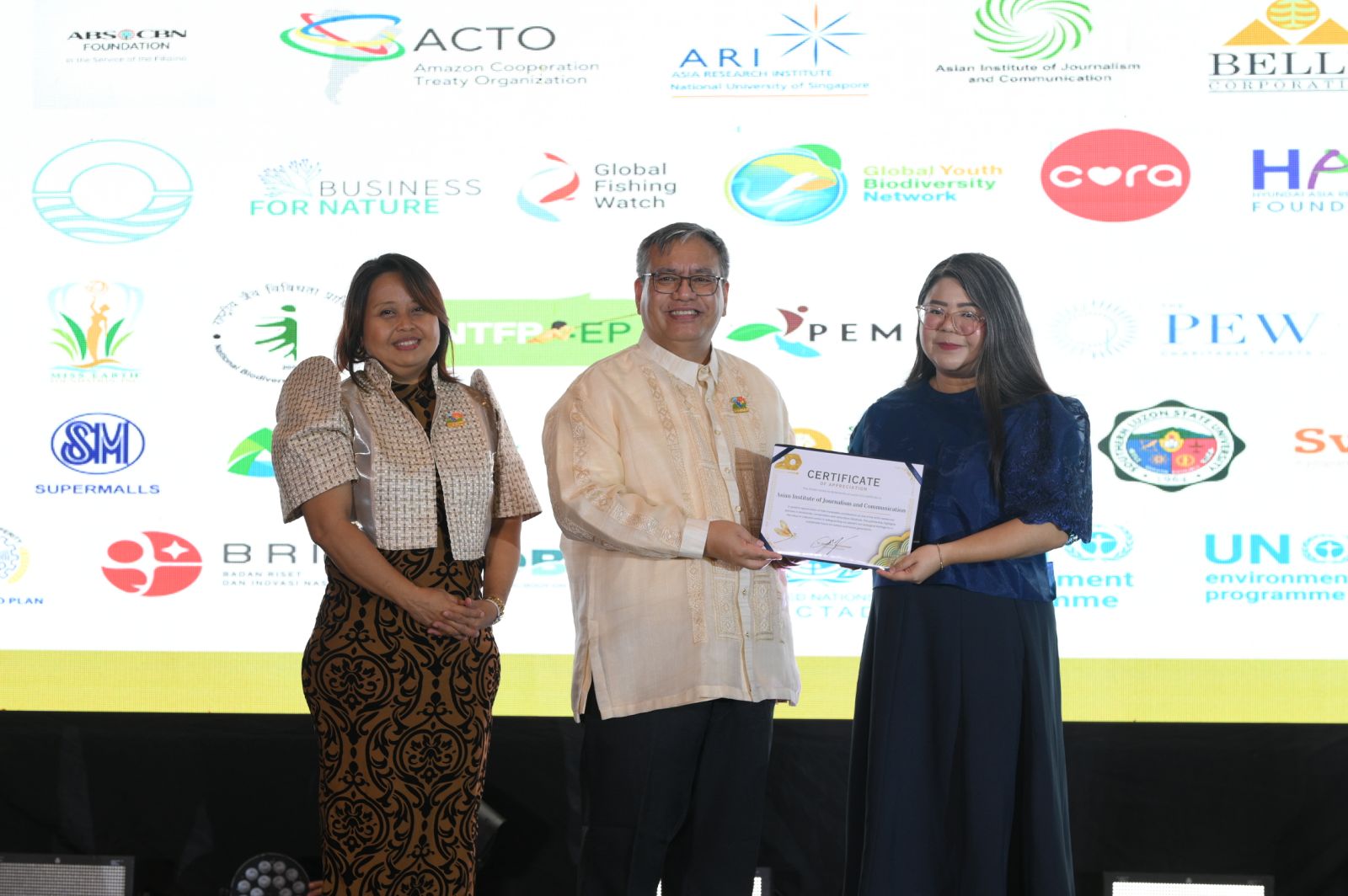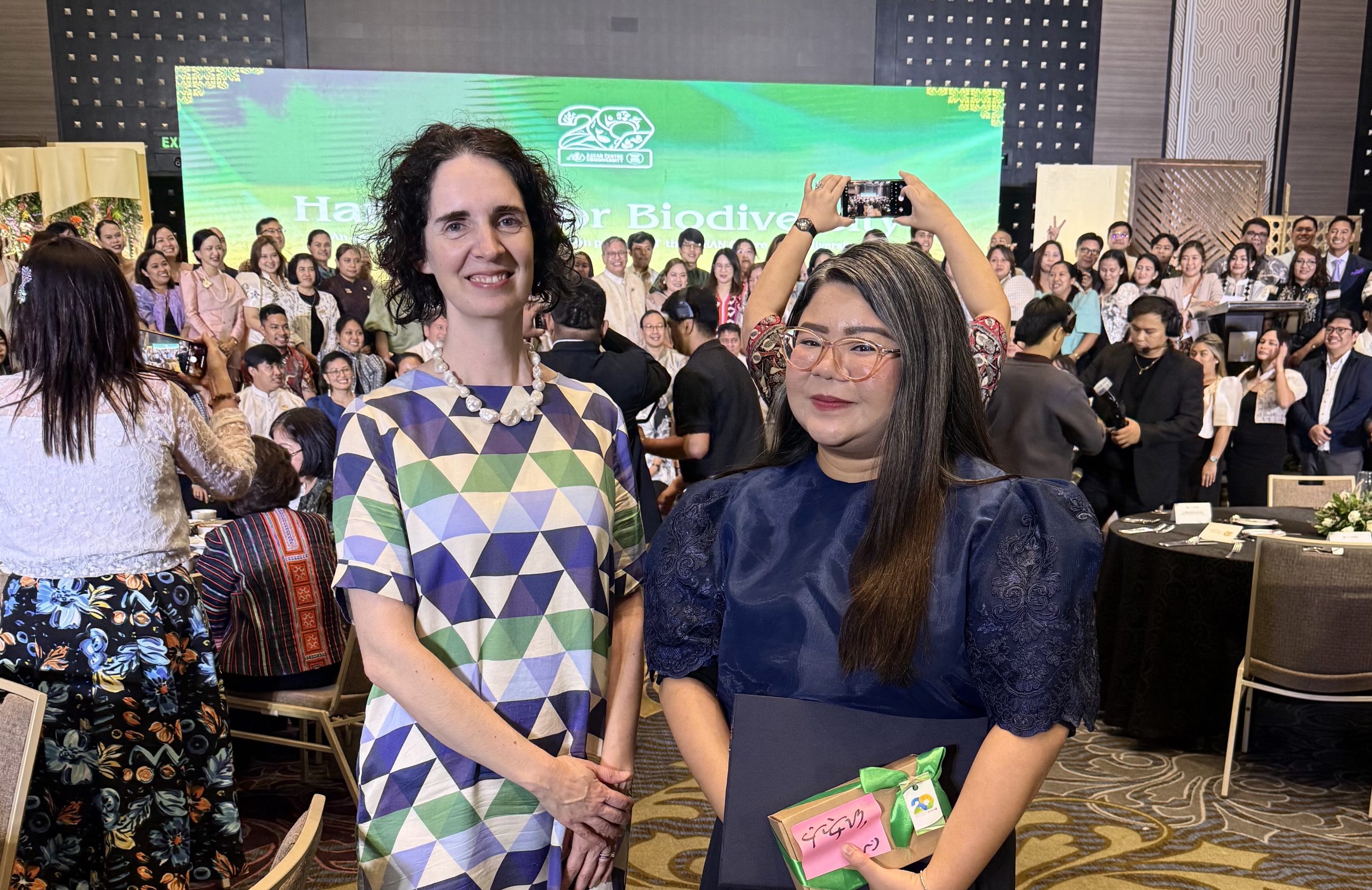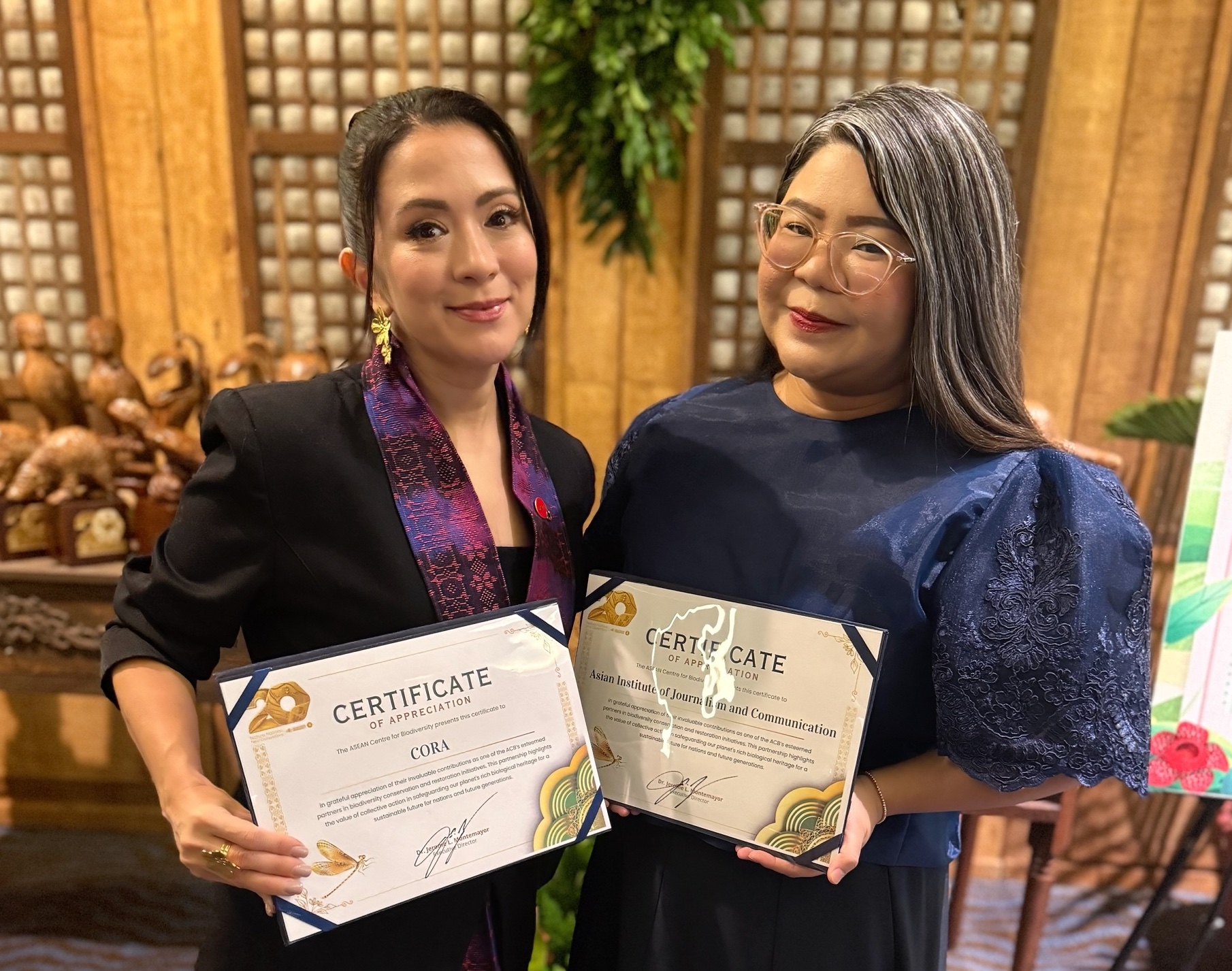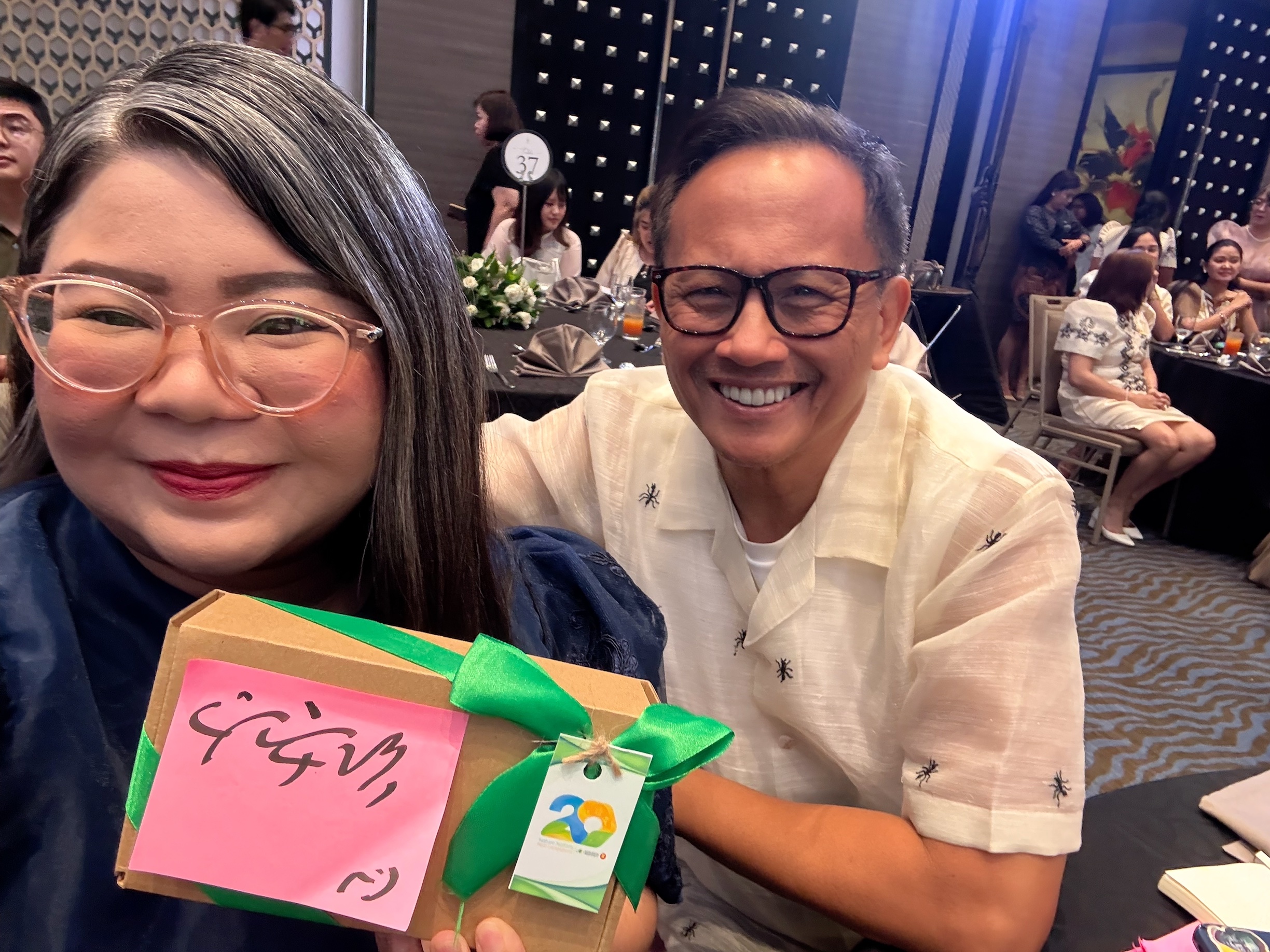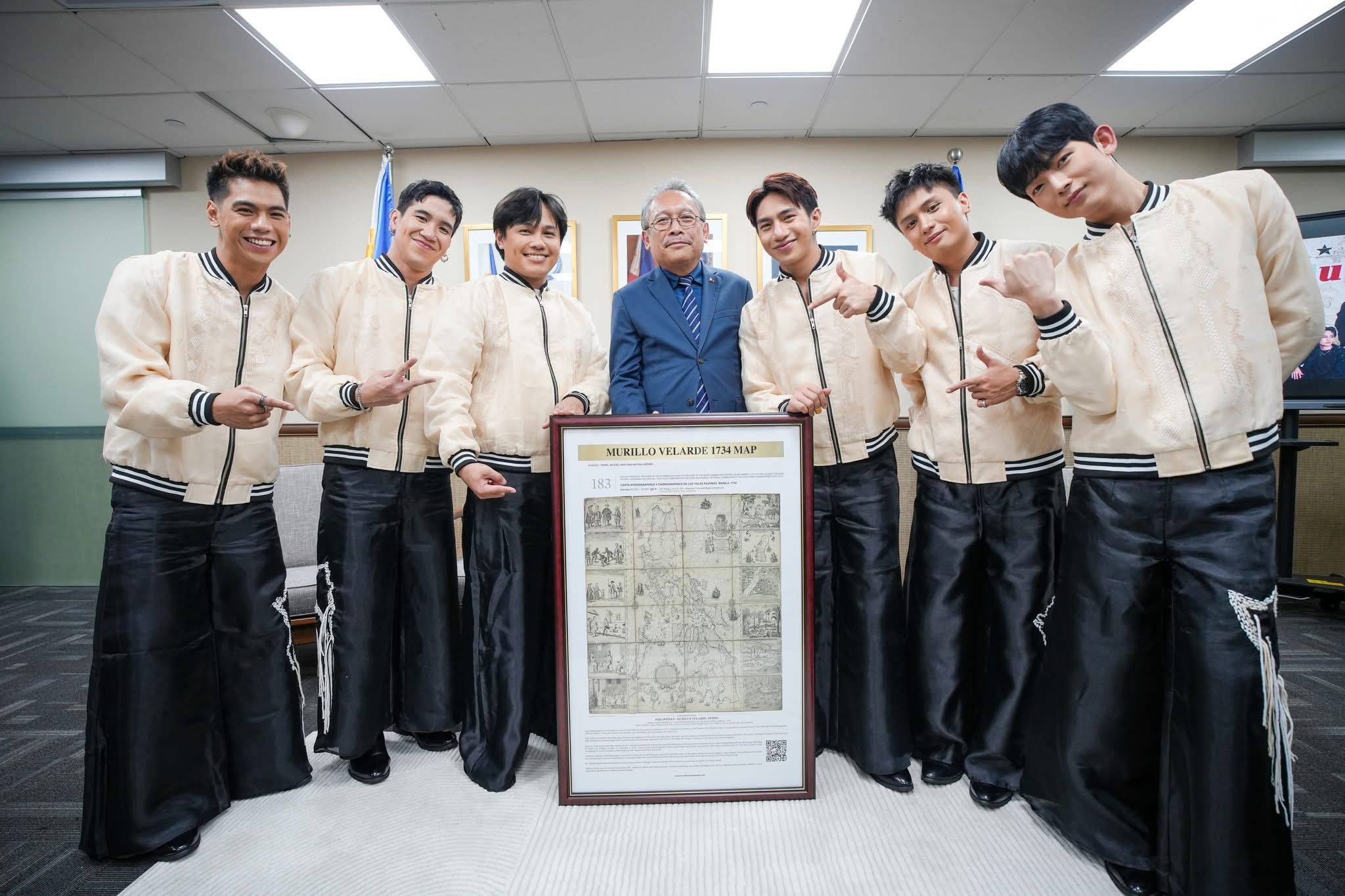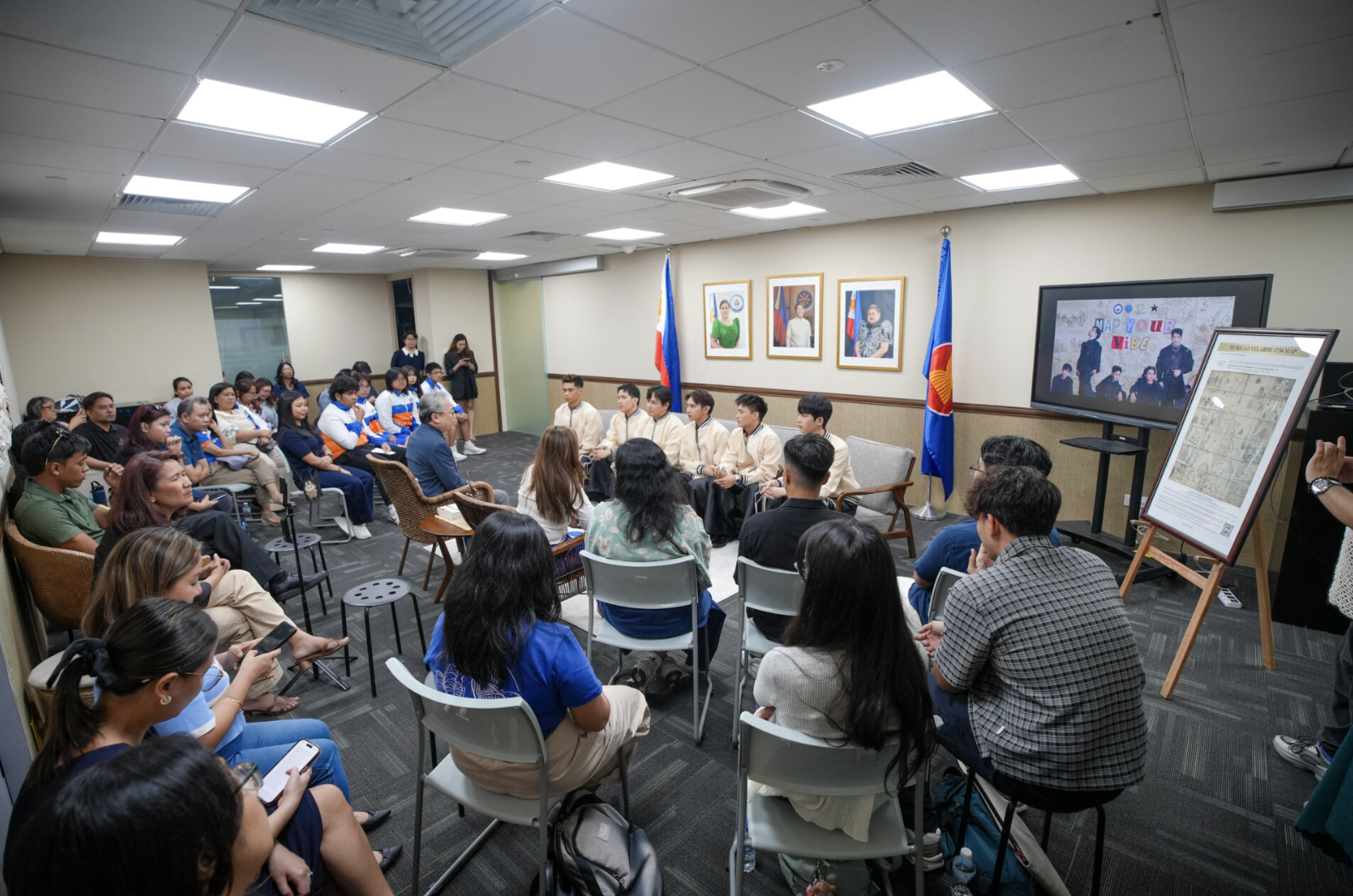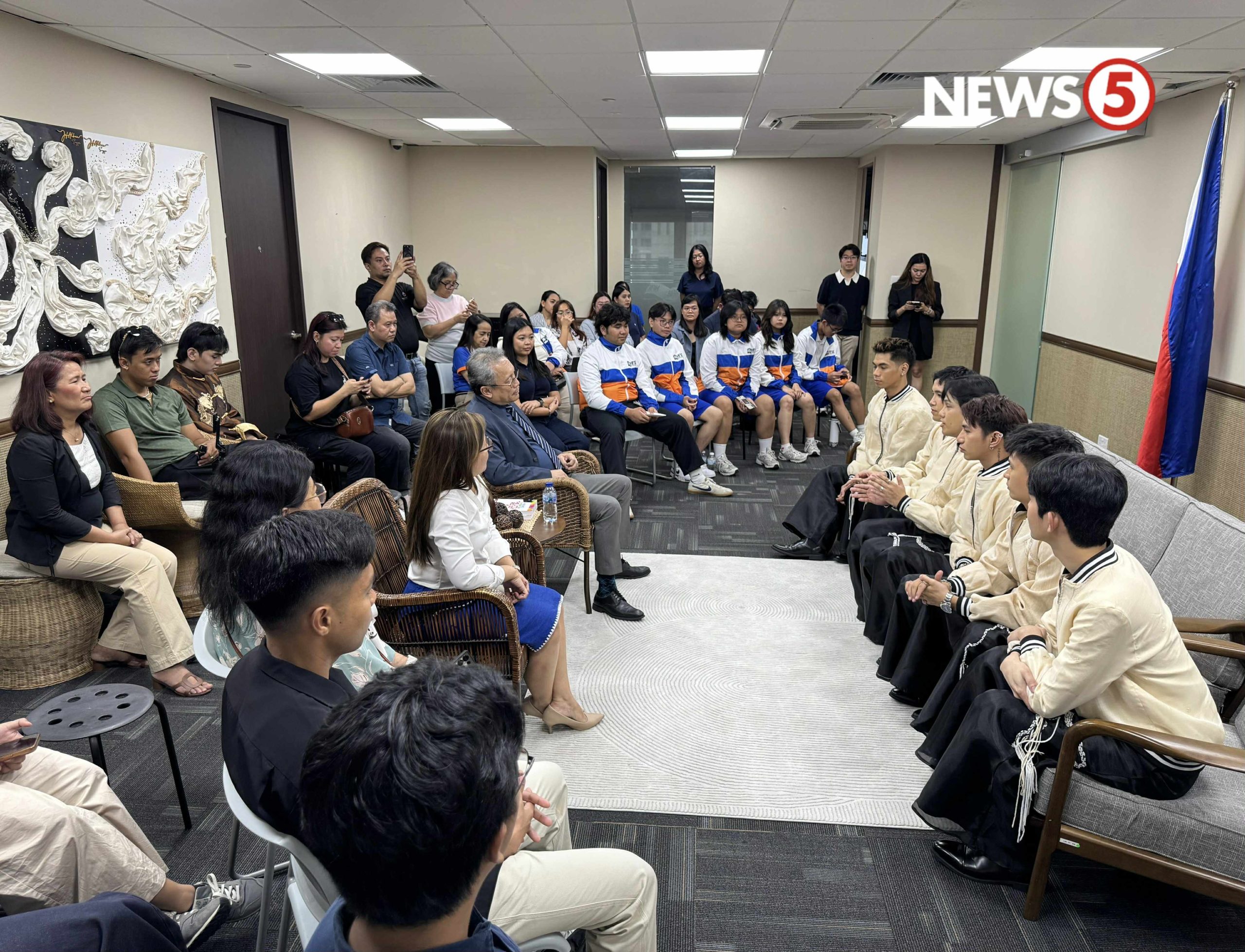The fourth quarter of 2025 has been eventful for the Asian Institute of Journalism and Communication (AIJC), which actively participated in key discussions on media and information literacy, investigative journalism, and journalism education. AIJC engaged with diverse stakeholders across media, academia, and civil society.
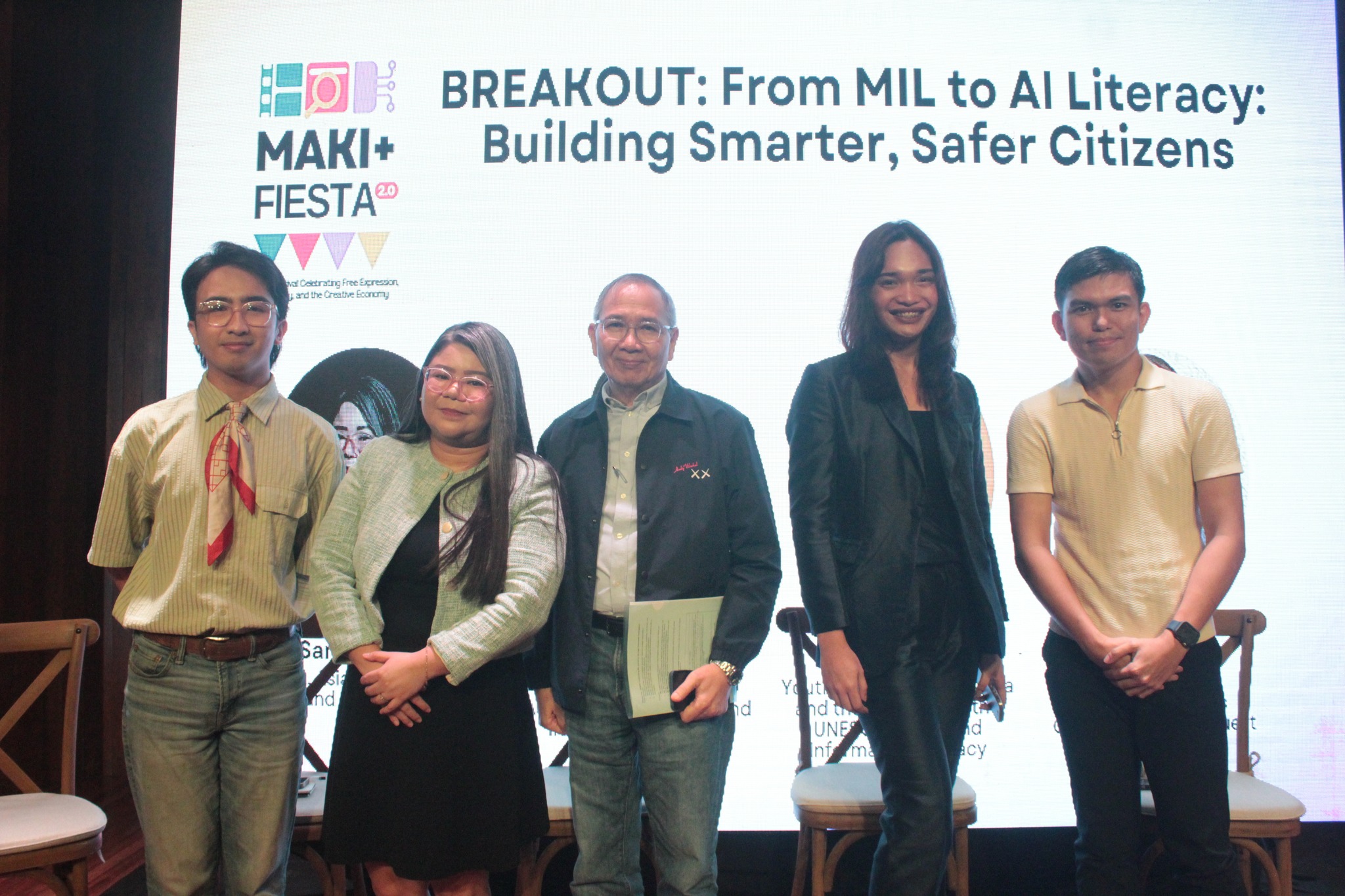
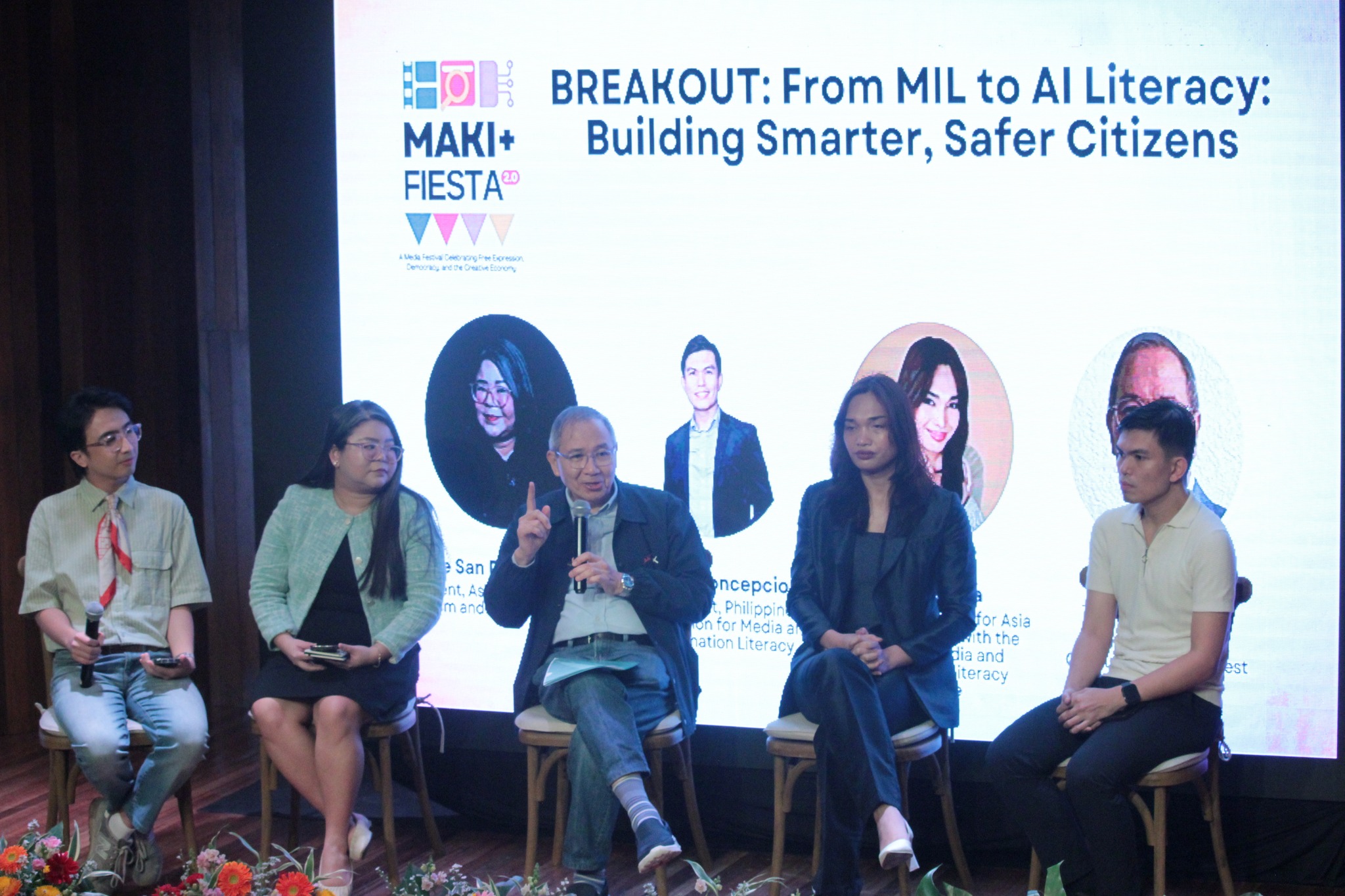
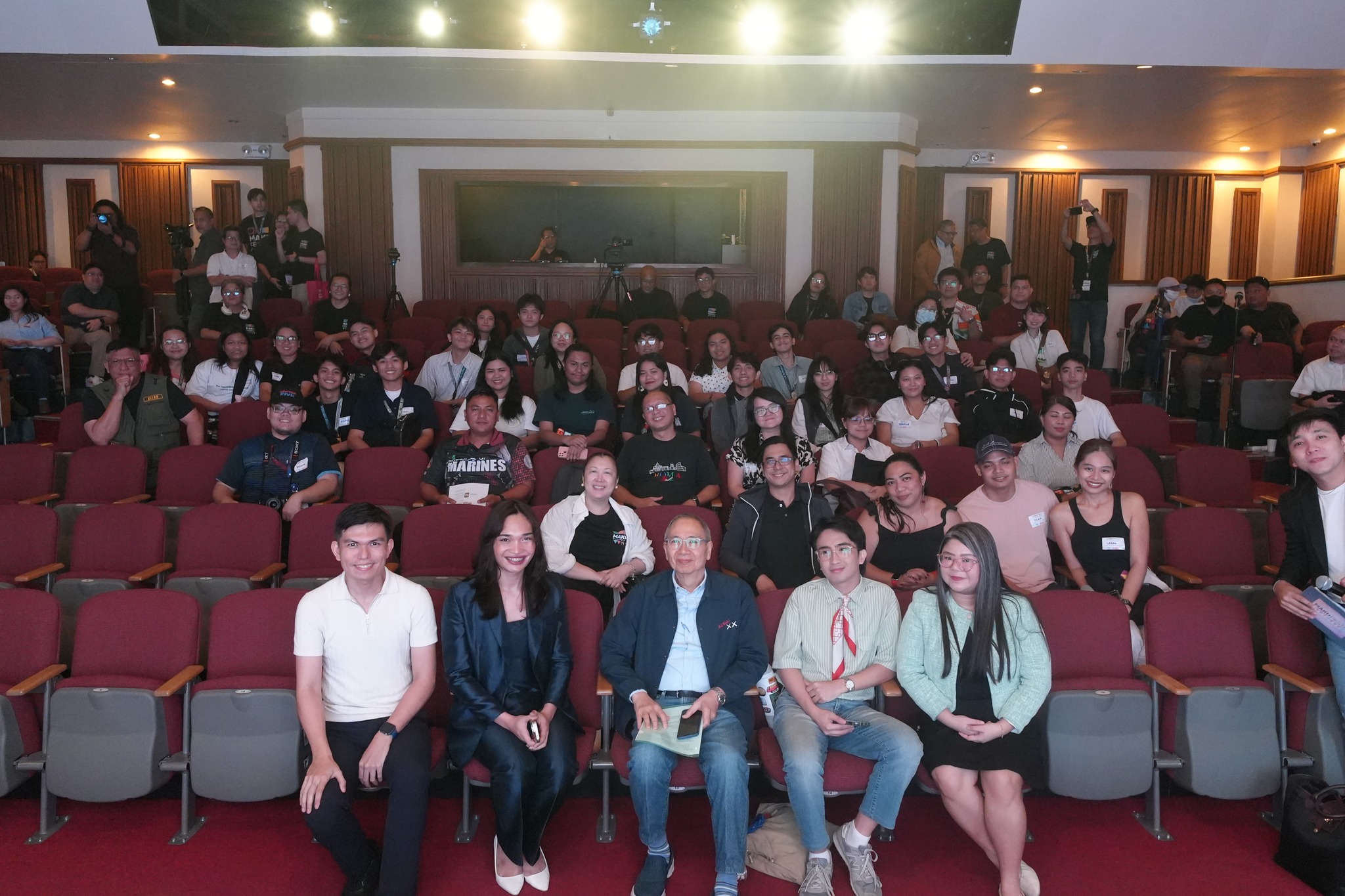
Photo credit: Quezon City Government
MAKI+Fiesta 2.0
In December 2025, AIJC President Therese San Diego Torres participated in MAKI+Fiesta 2.0, joining a panel discussion on media and information literacy (MIL) and artificial intelligence alongside fellow MIL advocates.
The panel, titled “From MIL to AI Literacy: Building Smarter, Safer Citizens,” explored the opportunities and challenges posed by AI to media and information literacy. Panelists emphasized the importance of critical thinking, the ethical use of technology, and fostering public awareness in an increasingly AI-driven information environment.
Panel members included Torres, Ramon Isberto of MediaQuest, Dun Concha Abiera of Yabong, and Carlo Concepcion of the Philippine Association for Media and Information Literacy (PAMIL), with the discussion moderated by Dave Alcala of Out of the Box (OOTB) Media Literacy Initiative.
MAKI+Fiesta 2.0 was convened by the Quezon City Government, the University of the Philippines System, Probe Productions, FYT Media, and PumaPodcast. The panel was organized in partnership with OOTB.
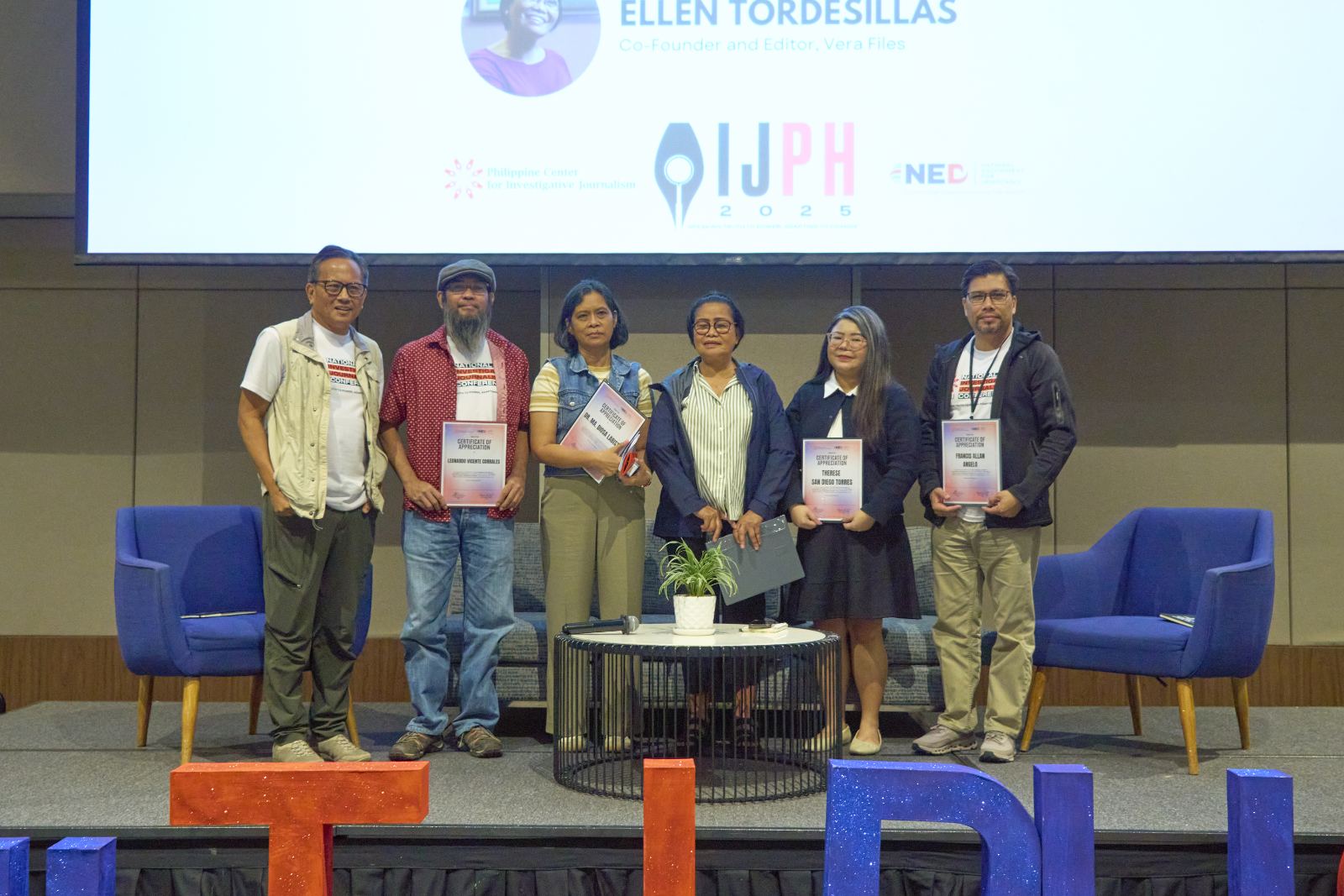
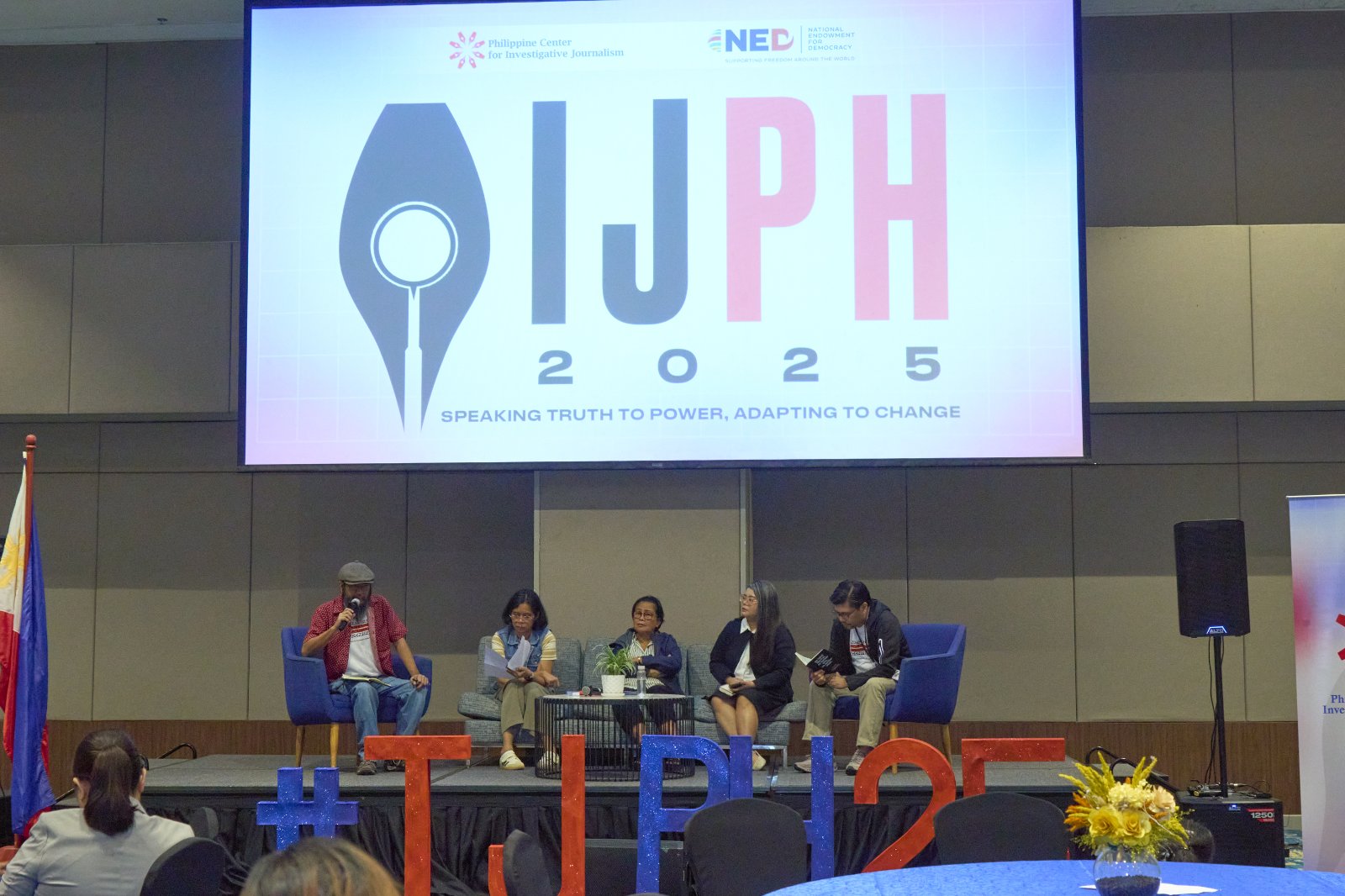
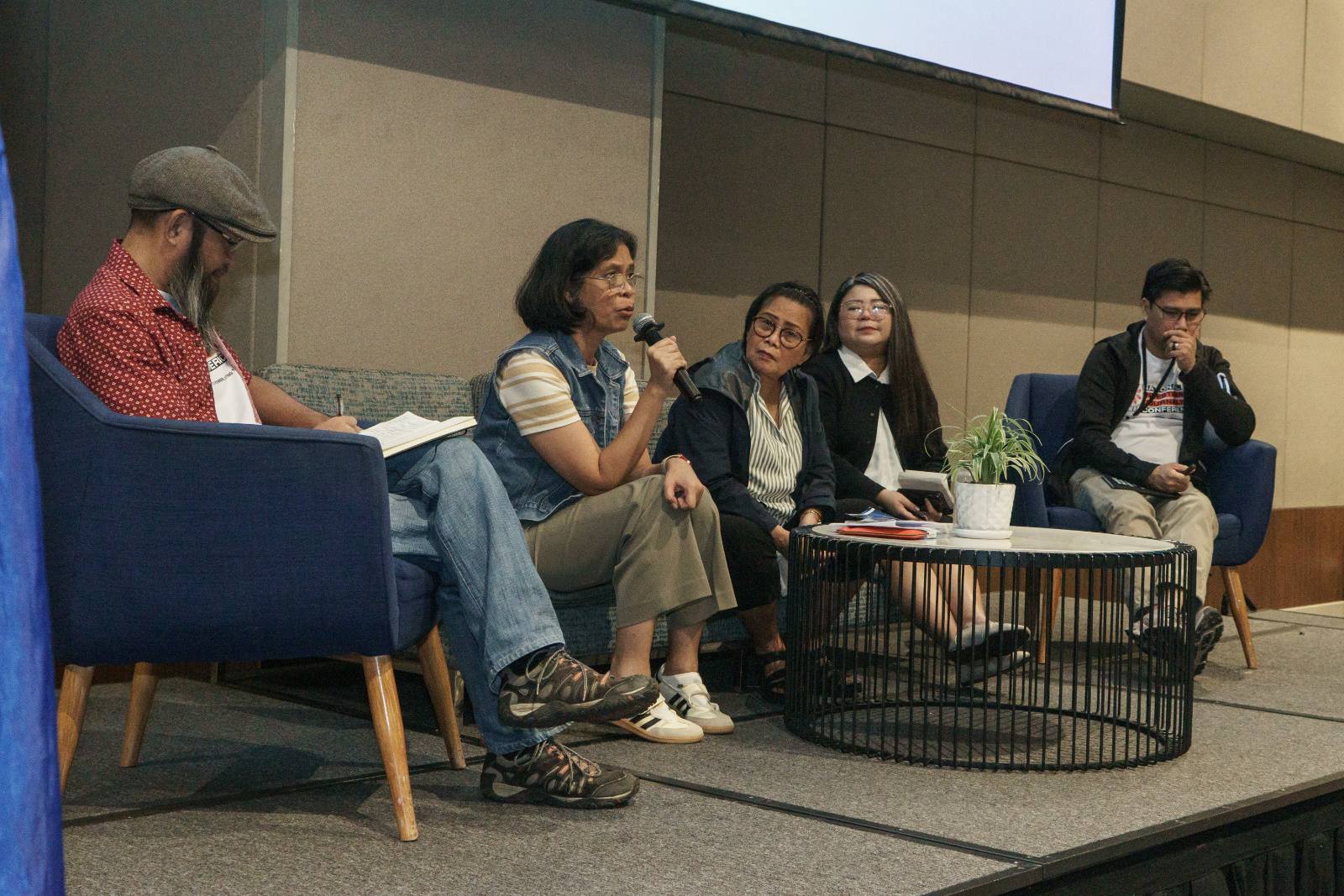
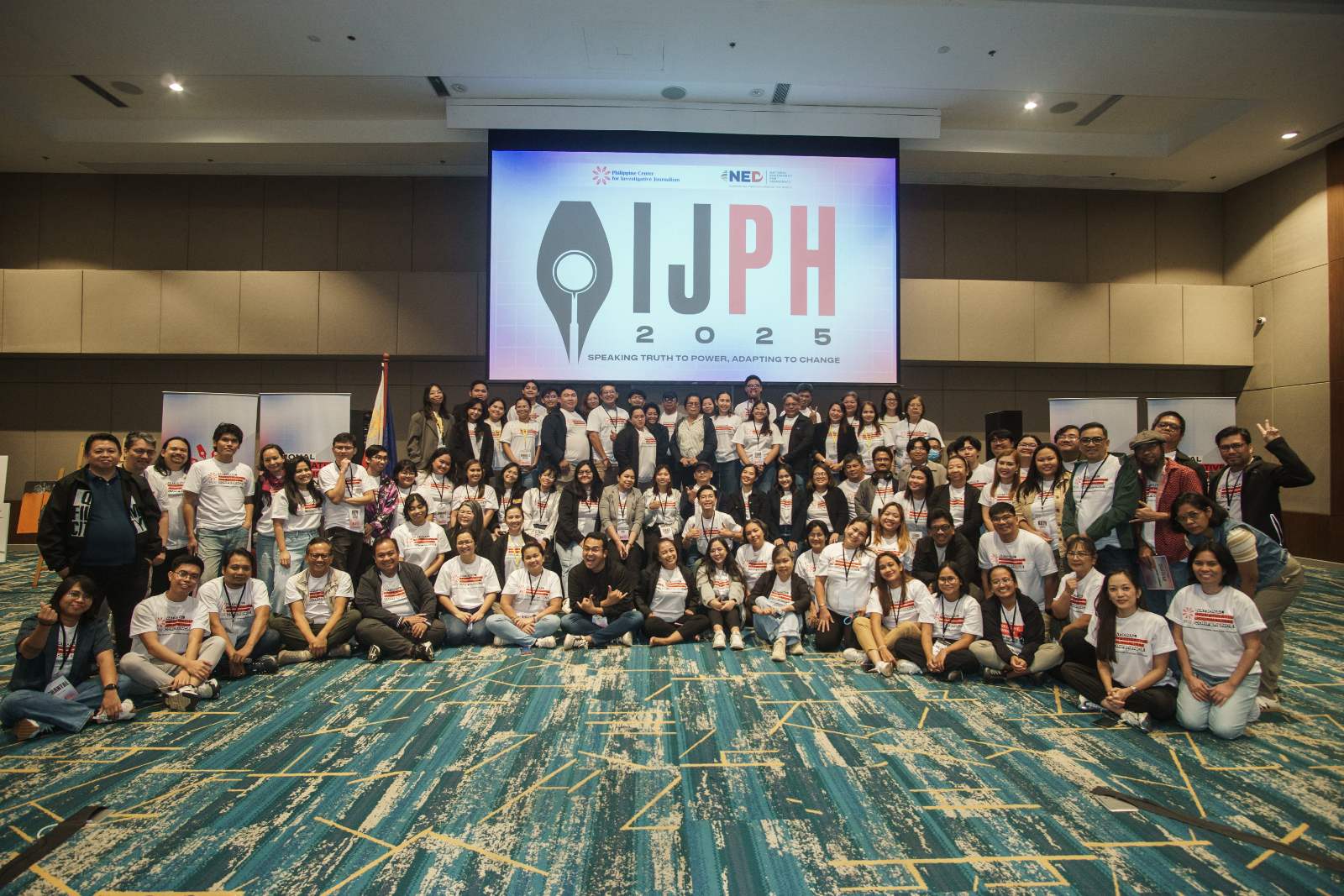

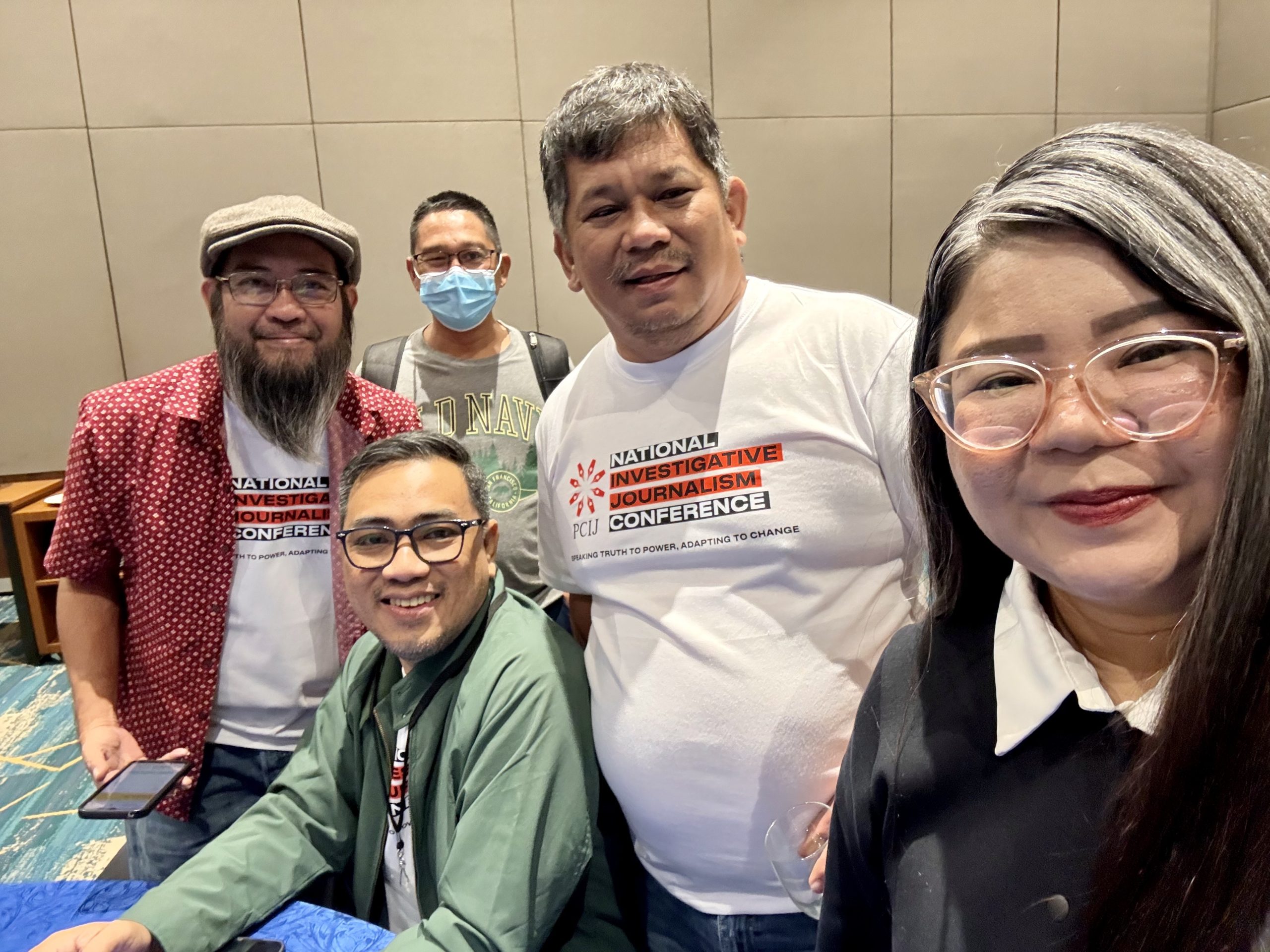
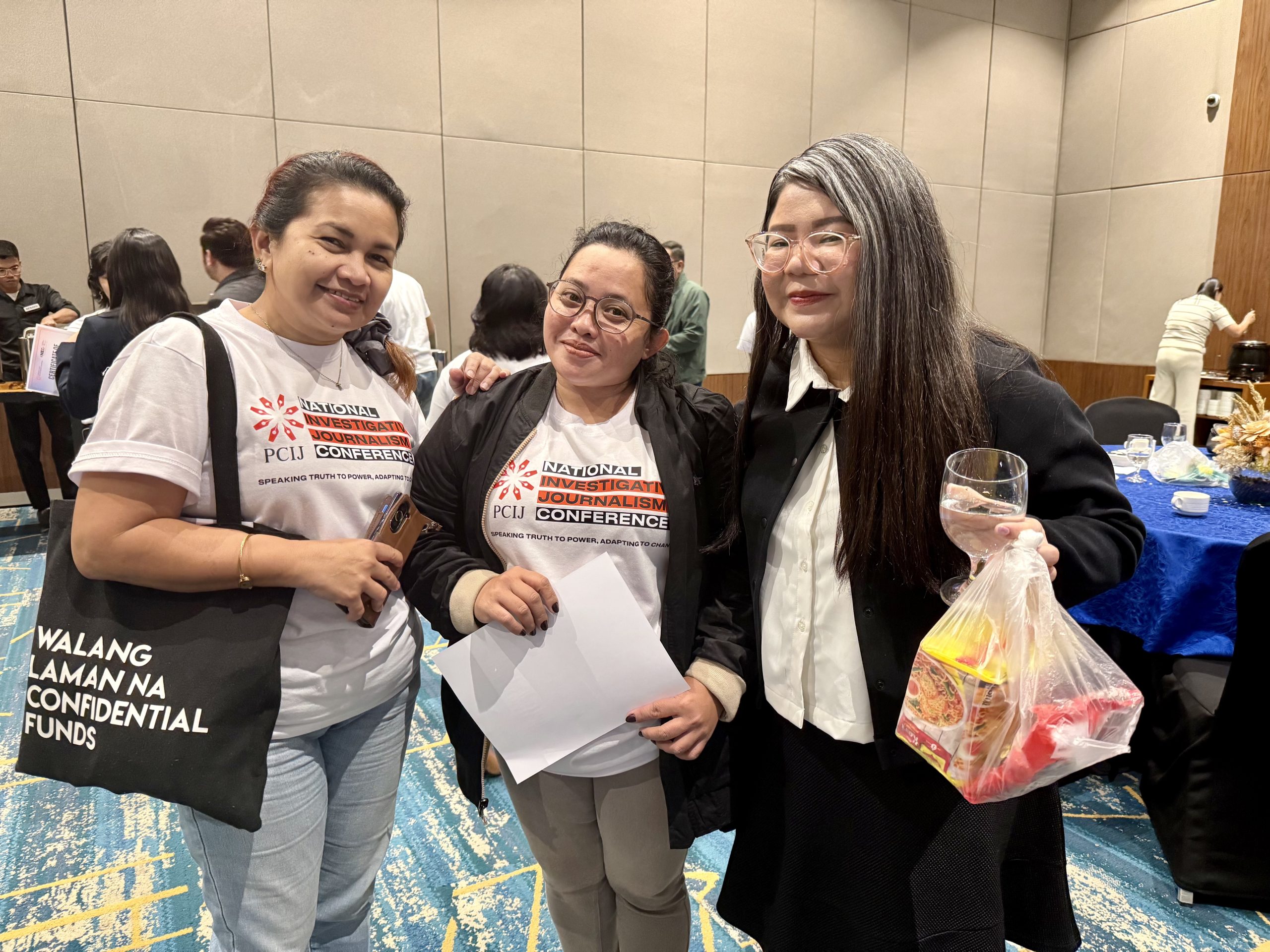
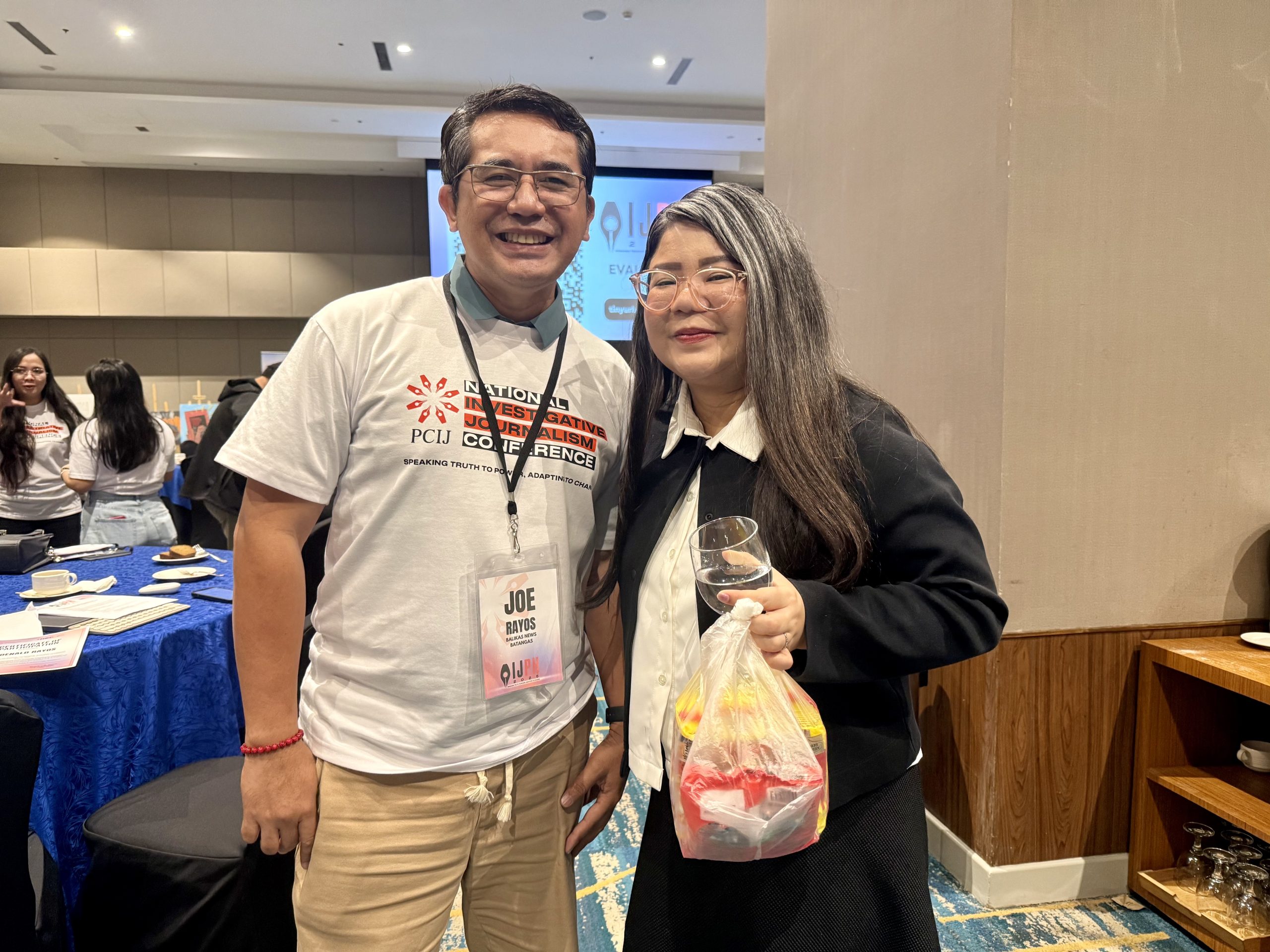
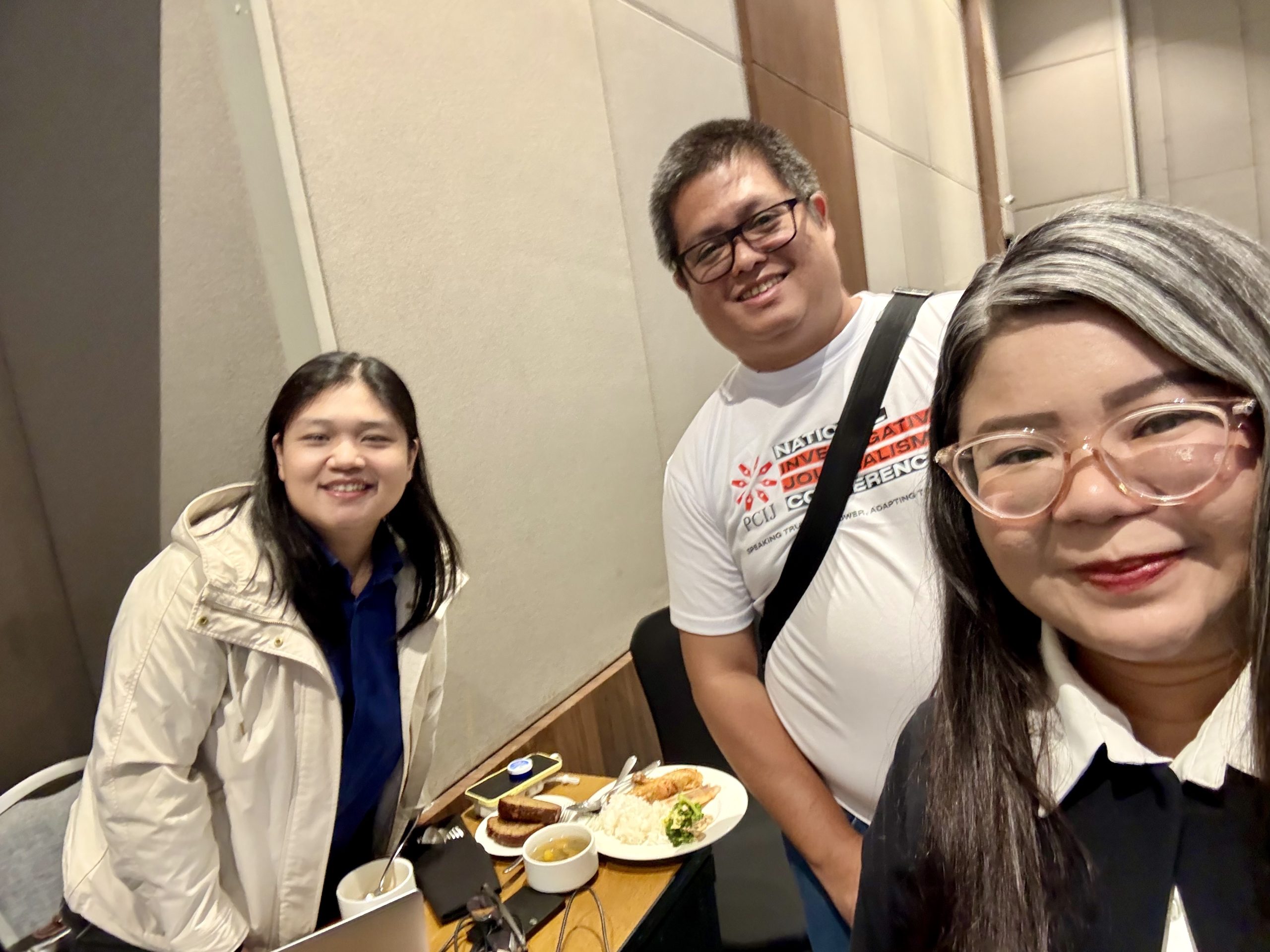
Photo credit: Philippine Center for Investigative Journalism
4th National Investigative Journalism Conference (IJCon) of PCIJ
At the 4th National Investigative Journalism Conference (IJCon 2025) organized by the Philippine Center for Investigative Journalism (PCIJ) in November 2025, Torres served as a speaker in the industry-academe panel discussing the future of investigative journalism. The conference theme was “Speaking Truth to Power, Adapting to Change.”
The session highlighted the evolving demands of investigative reporting and the role of journalism education in preparing future practitioners. It also tackled the waning interest in journalism among young people and the importance of collaboration between news organizations and academic institutions.
In the panel with Torres were Dr. Diosa Labiste of the University of the Philippines Diliman, Ellen Tordesillas of VERA Files, Francis Allan Angelo of the Daily Guardian, and Cong Corrales of Gold Star Daily. Manila Standard Managing Editor Joyce Panares moderated the discussion.
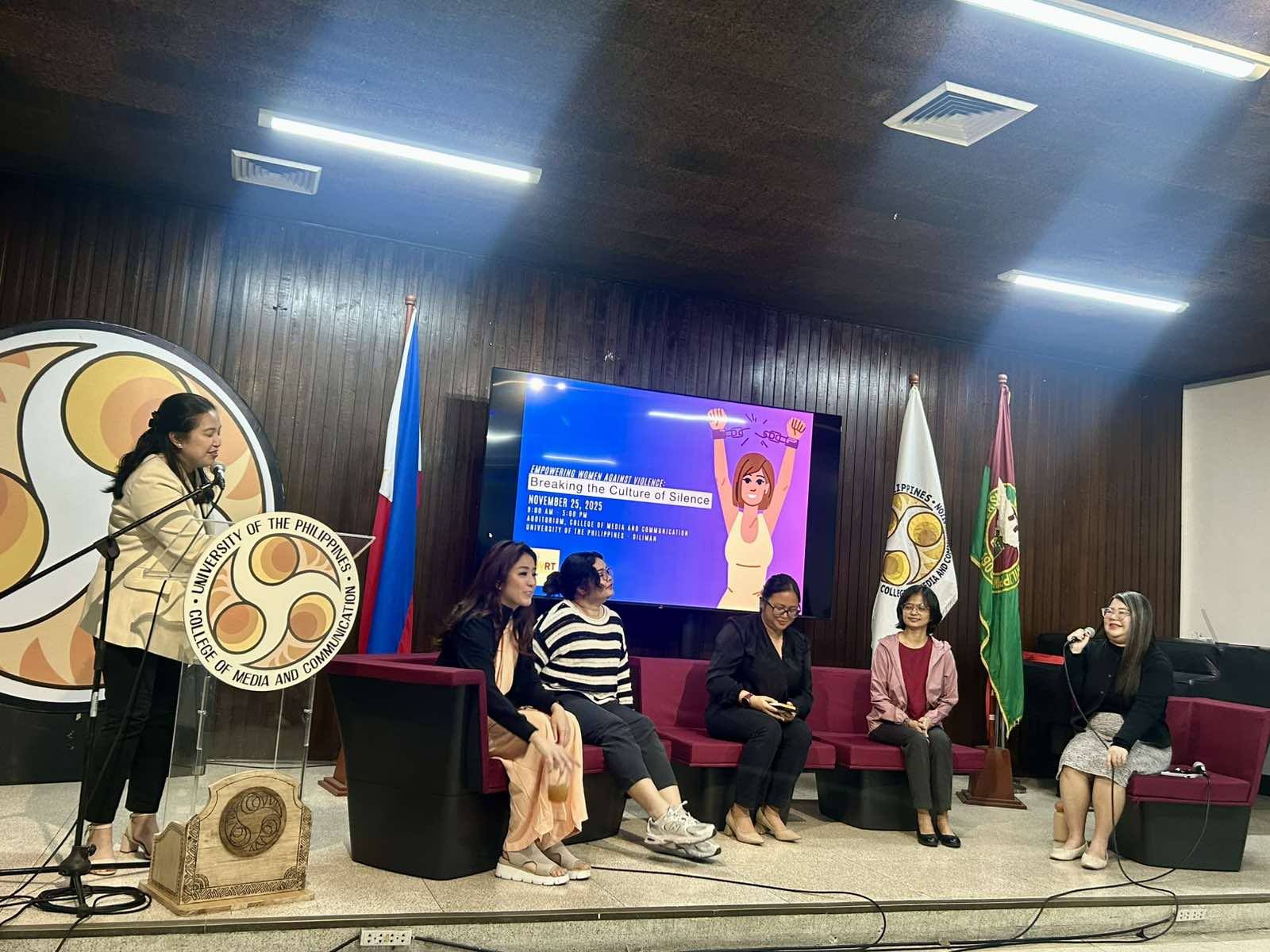
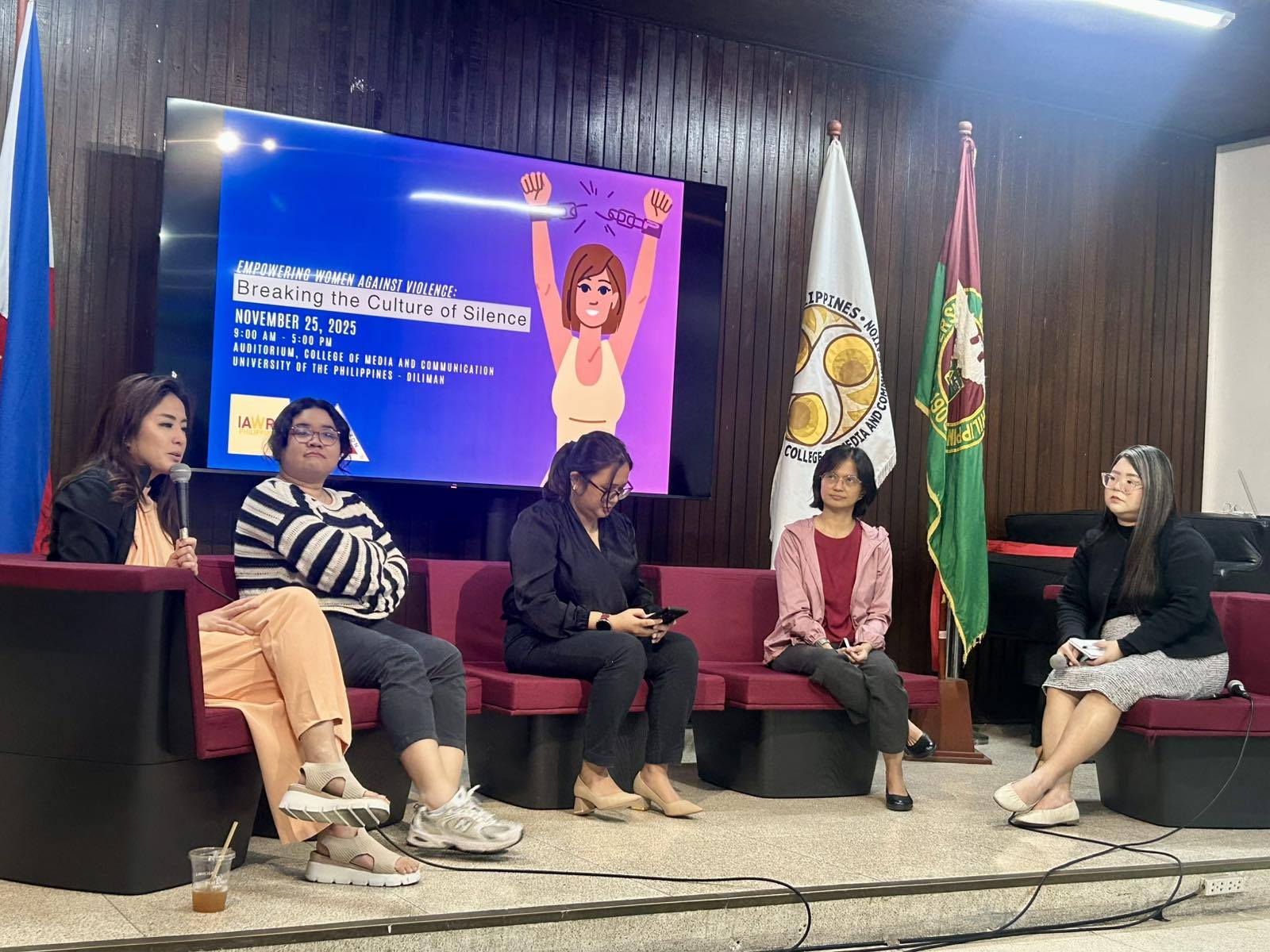
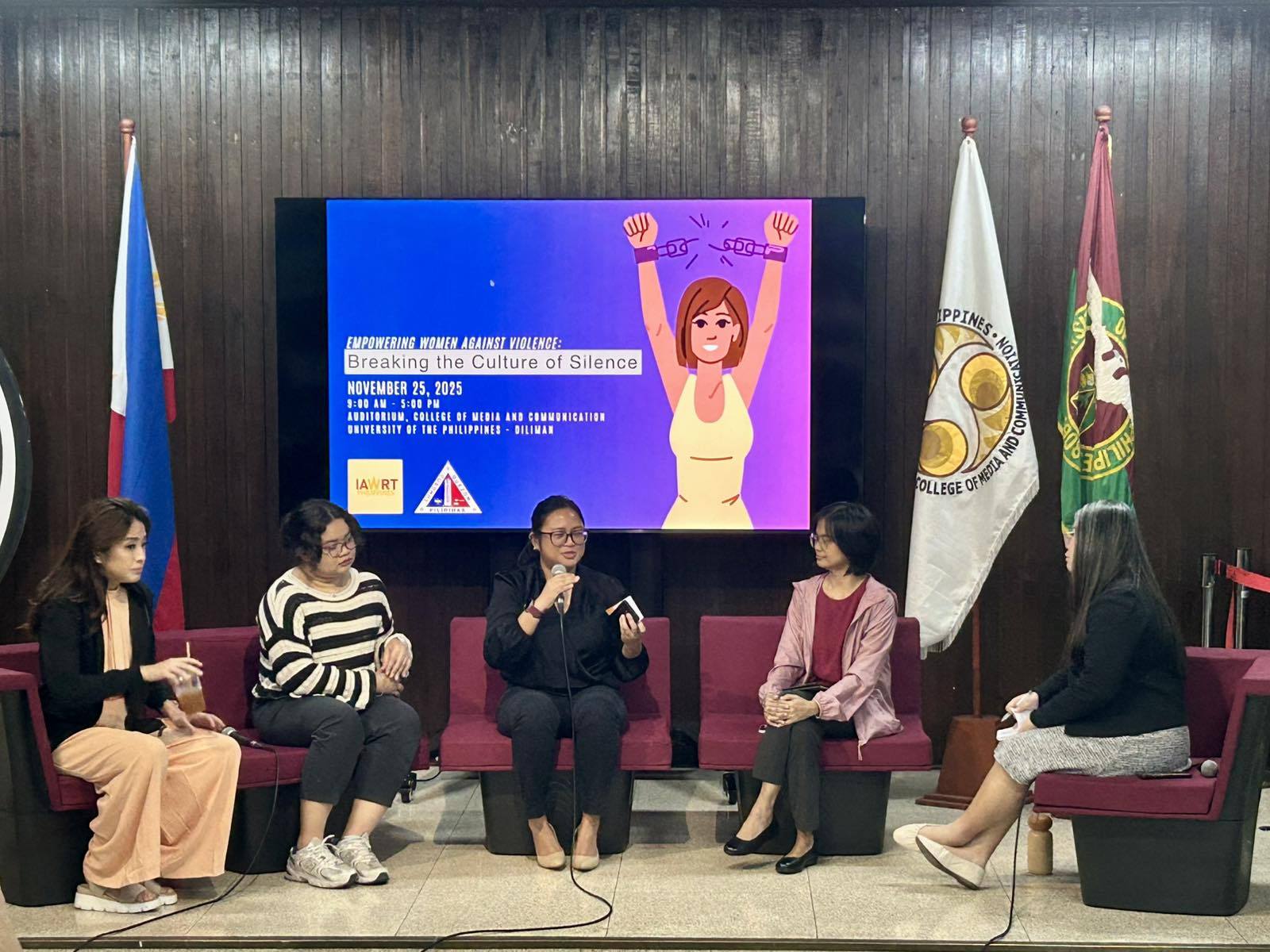
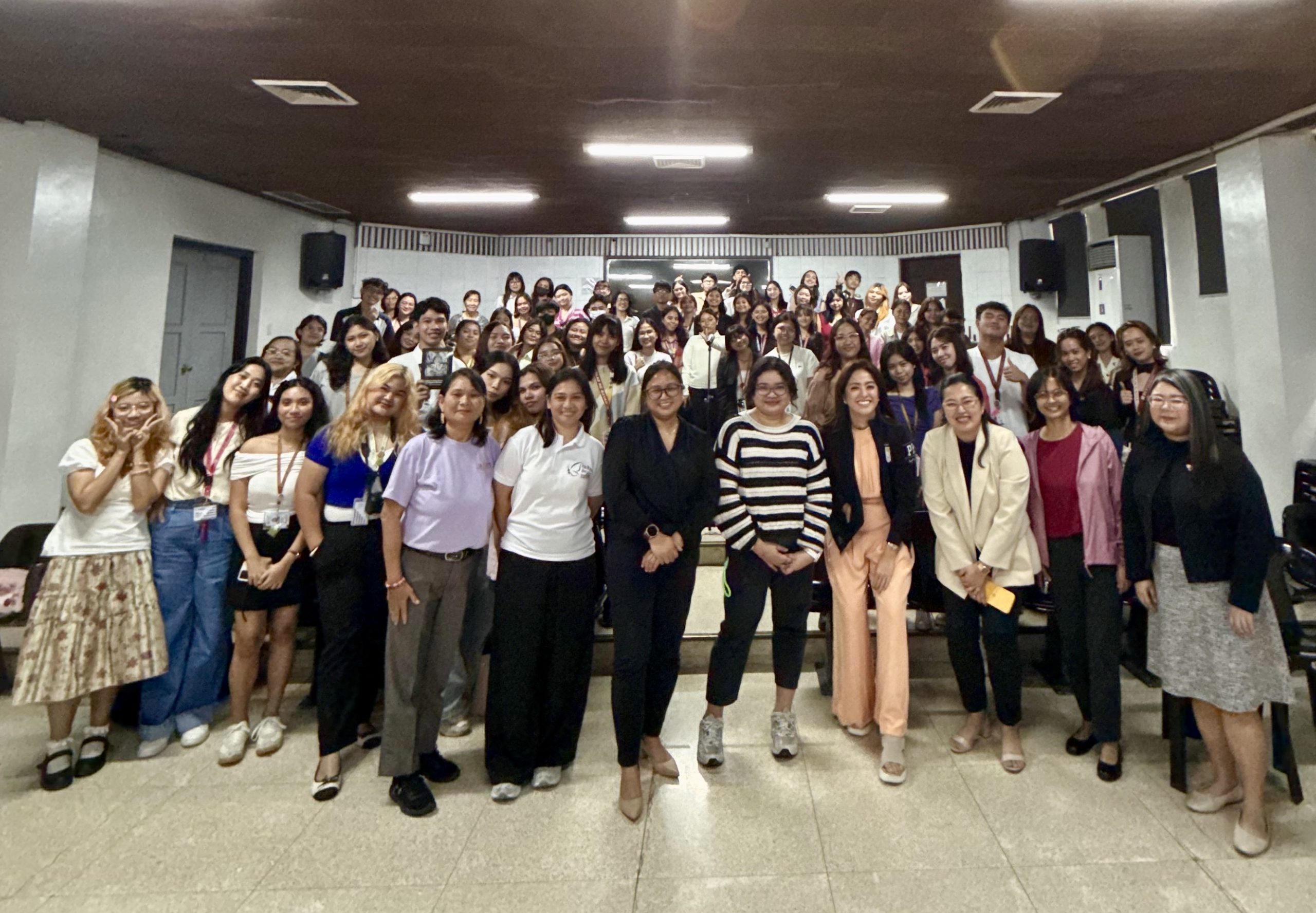
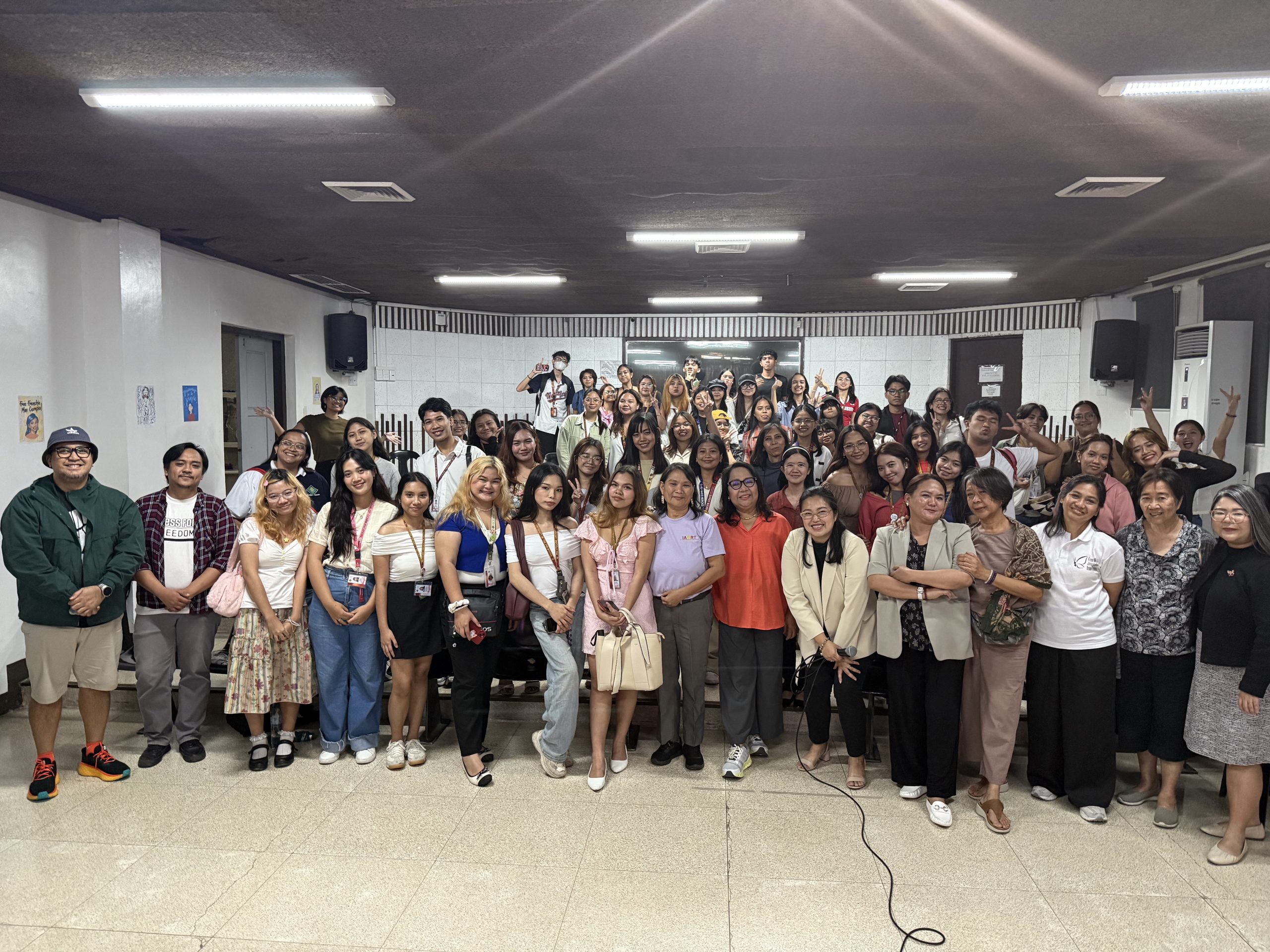
Photo credit: Quezon City Government/AIJC
Forum on Empowering Women Against Violence: Breaking the Culture of Silence
In November 2025, Torres moderated a panel discussion during the forum “Empowering Women Against Violence: Breaking the Culture of Silence,” organized by the International Association of Women in Radio and Television (IAWRT) Philippines in partnership with the Quezon City Government. Joining the panel were journalists Jhoanna Ballaran of Jiji Press, Alyssa Mae Clarin of the National Union of Journalists of the Philippines (NUJP), Gretchen Ho of Cignal TV, Inc., and Rhea Padilla of AlterMidya.
AIJC Associate Director and IAWRT Philippines Chapter Head Janess Ann J. Ellao hosted the event and moderated the panel discussion with educators Dr. Hemmady S. Mora of the Polytechnic University of the Philippines and Leslie Anne N. Gatdula of the Cavite State University Imus Campus.
Held at the University of the Philippines College of Media and Communication in observance of the National Consciousness Day for the Elimination of Violence Against Women and Children, the forum brought together women journalists and educators to share their experiences and challenges, highlighting the need to protect women in media, amplify their voices, and ensure their safety. The program also featured artistic performances and a student-led art showcase, underscoring the value of creative approaches to advocacy.
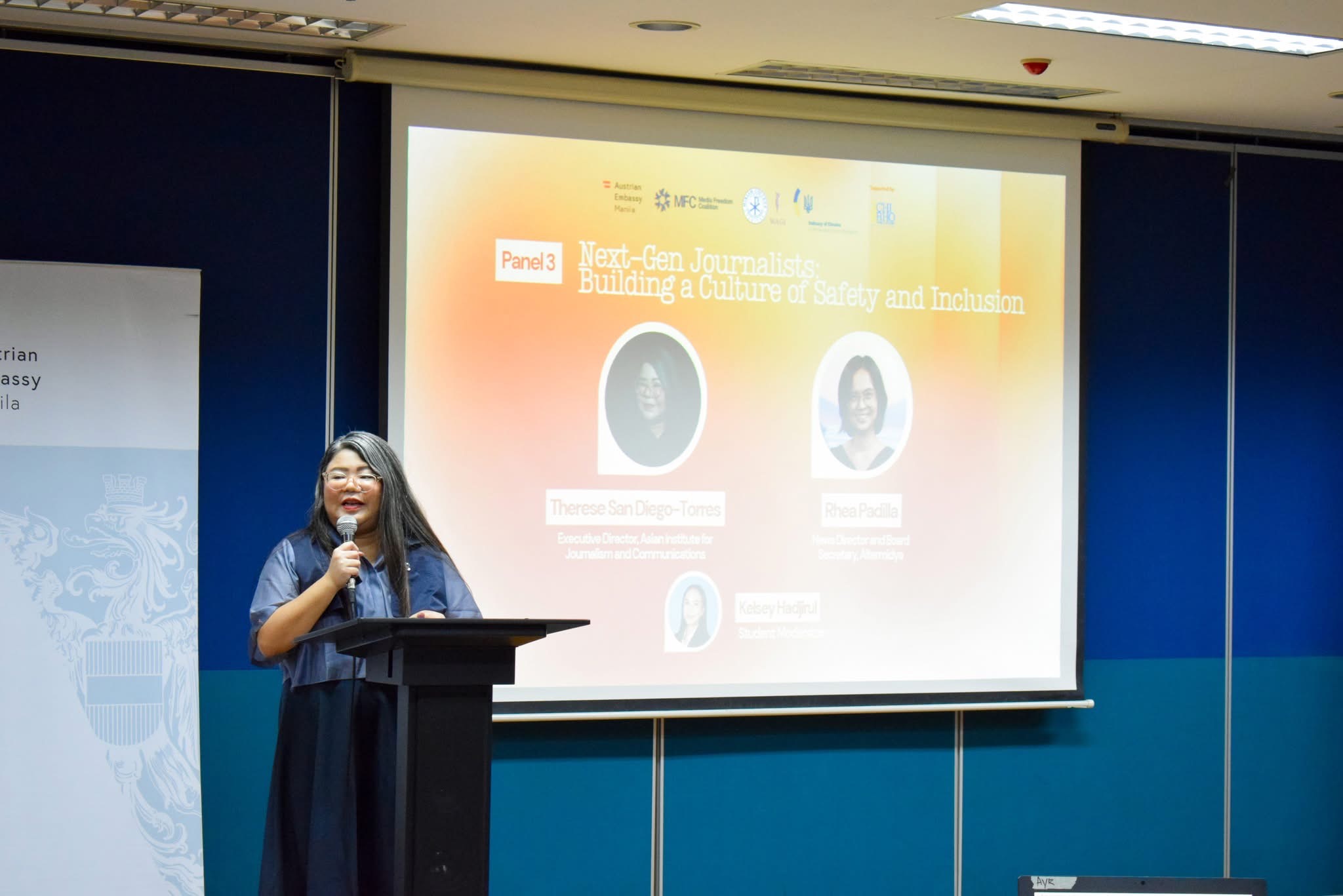

Photo credit: AlterMidya
Forum on the Safety of Women Journalists
Torres joined Rhea Padilla of AlterMidya in a panel discussion titled “Next-Gen Journalists: Building a Culture of Safety and Inclusion” in the Forum on the Safety of Women Journalists organized by the Austrian Embassy in partnership with the Media Freedom Coalition Secretariat (Thomson Reuters Foundation) and the Miriam College Women and Gender Institute (WAGI). It was held at Miriam College in November 2025.


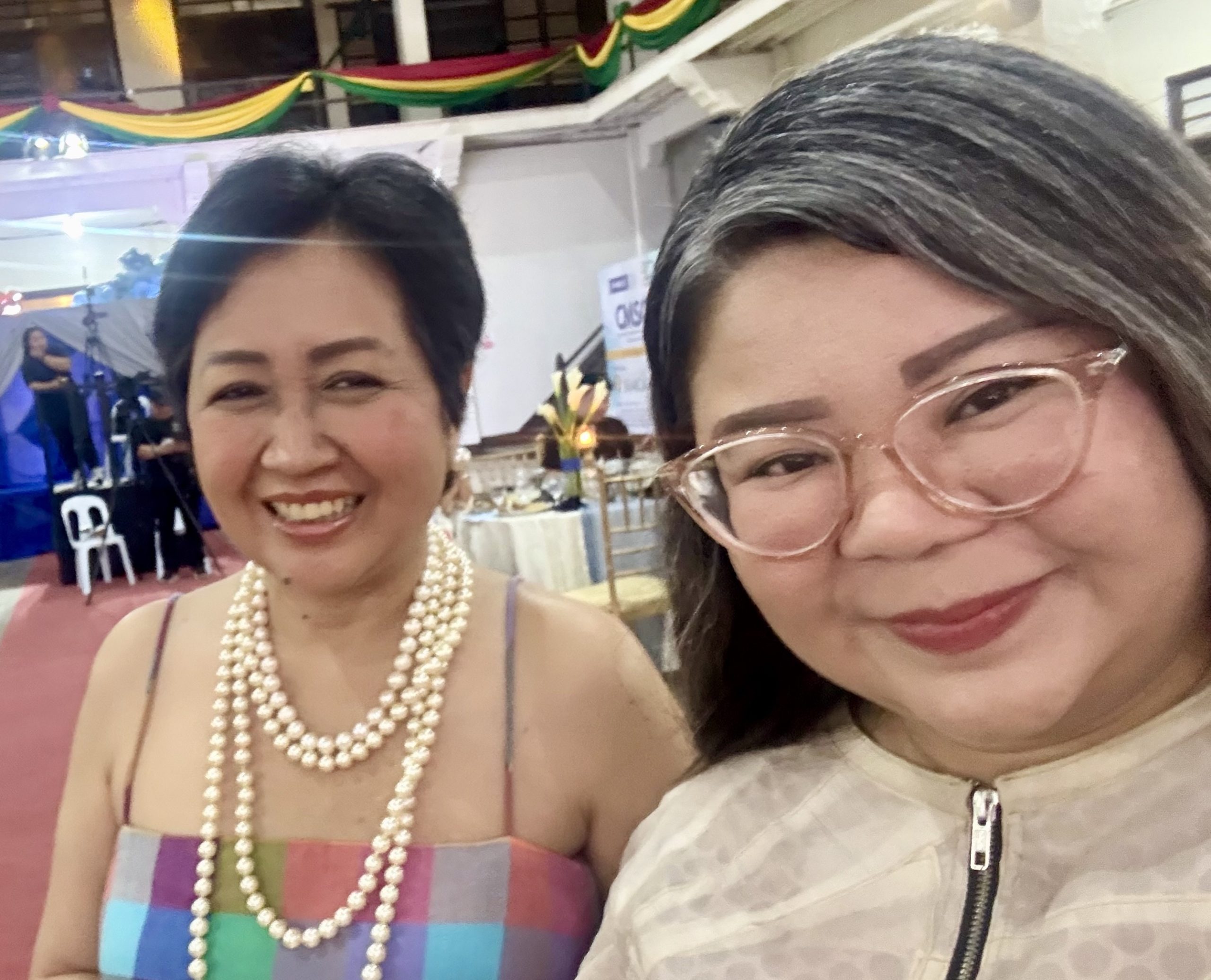

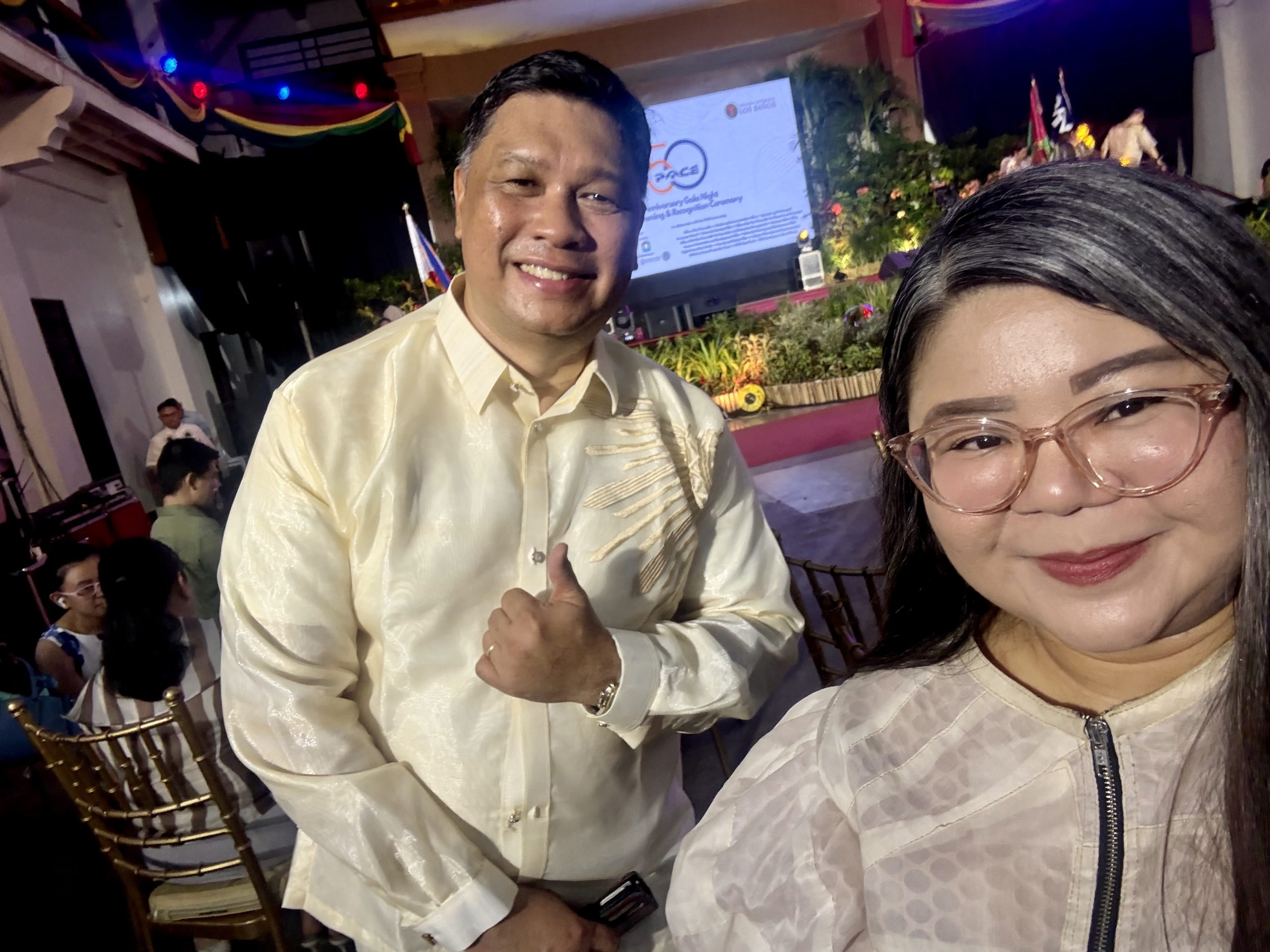
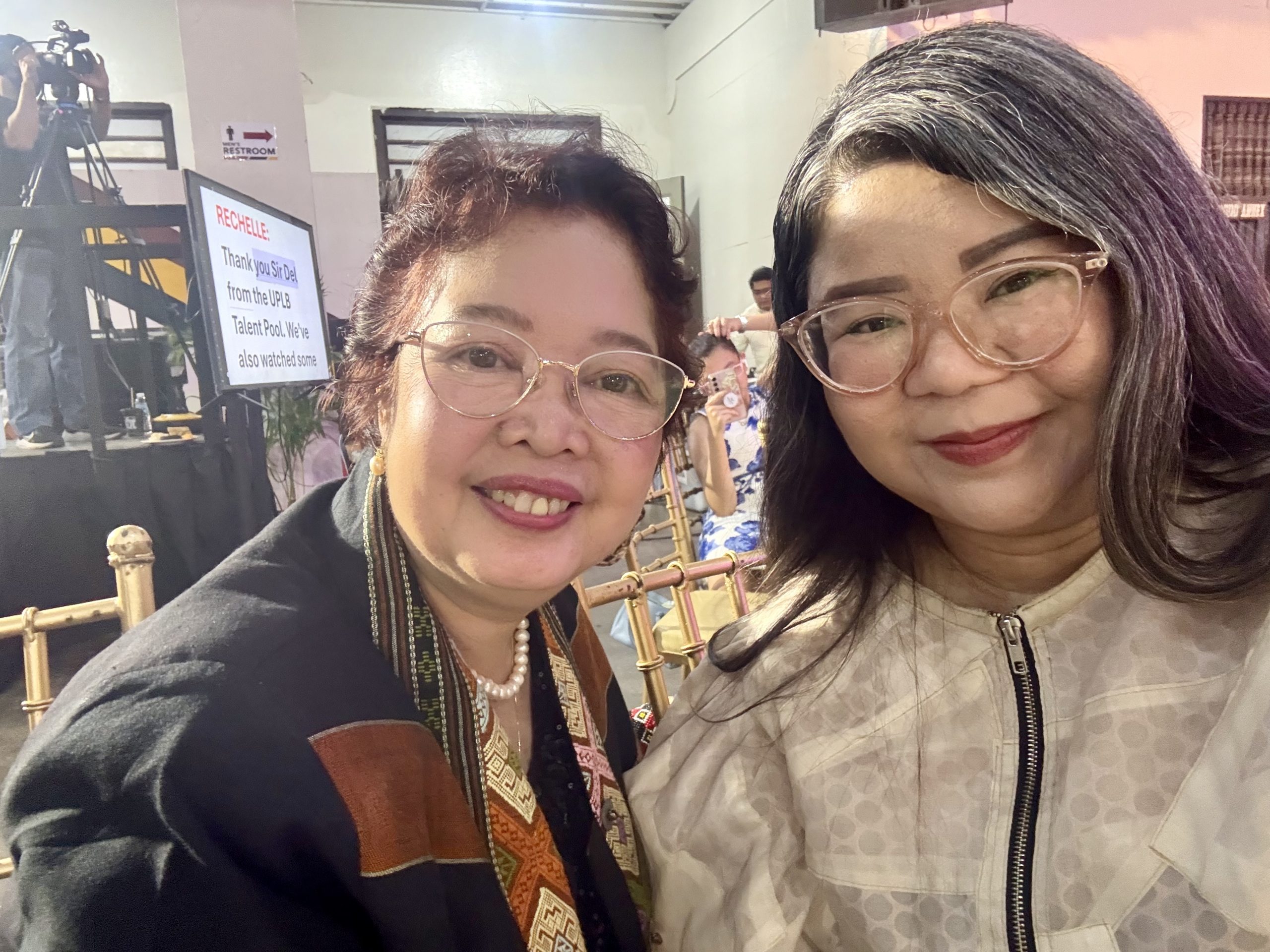

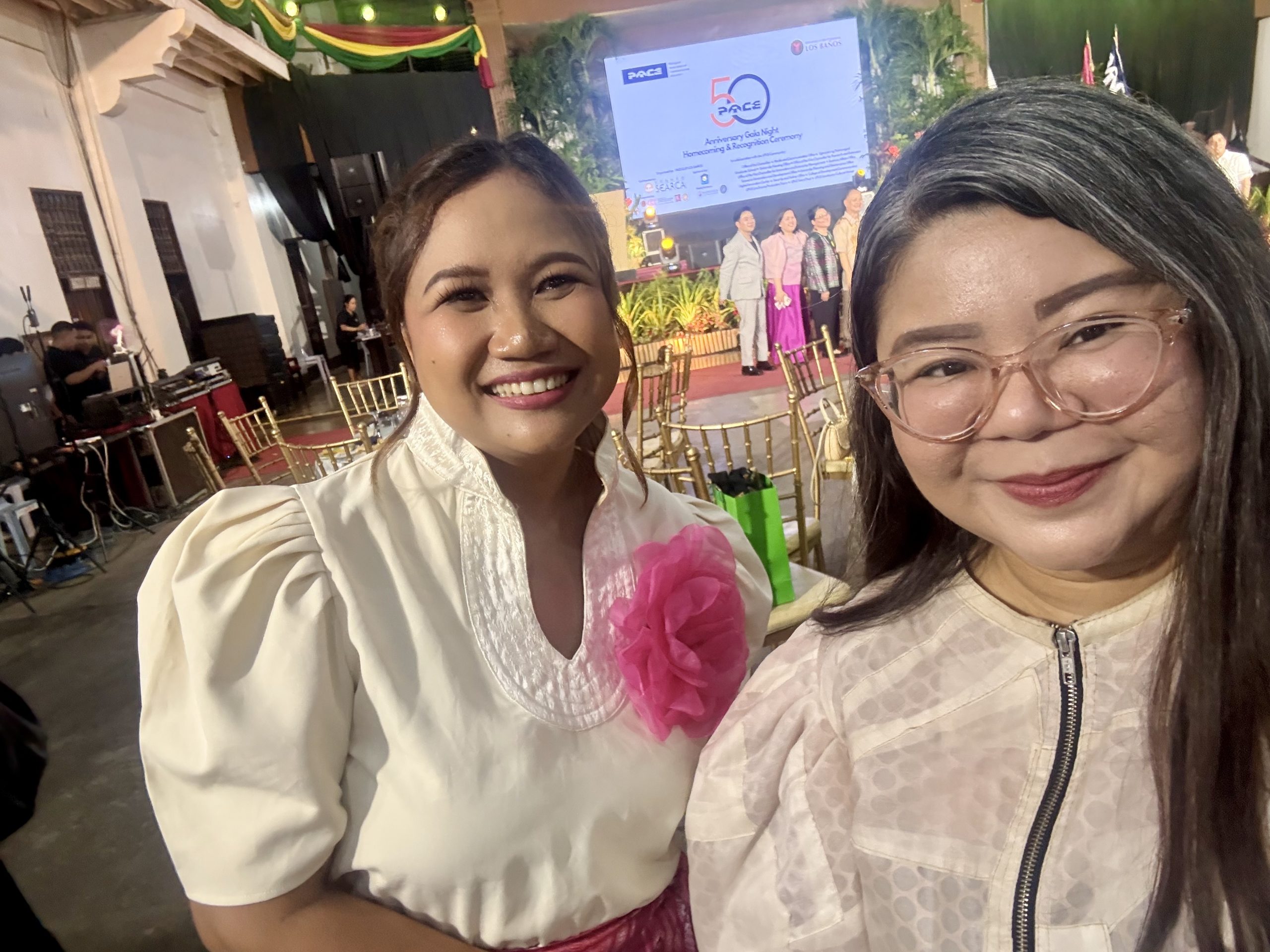

Photo credit: Ms. Mae Ann Chua, Miriam College/AIJC
PACE 50th Anniversary Celebration
Torres also took part in the 50th anniversary celebration of the Philippine Association of Communication Educators (PACE), held at the University of the Philippines Los Baños in October 2025. AIJC received recognition as one of PACE’s longstanding partners, underscoring the Institute’s commitment to communication education and professional collaboration.
Outgoing President Mark Lester Chico and newly elected President Reginald H. Gonzales shared PACE’s milestones and outlined the association’s vision for supporting communication educators across the country.

